




"Atradition unlike any other."
The slogan of The Masters always carries meaning for me as I think back to so many times in my life, markers in time. Can’t miss The Masters of course. For me, the official start to golf season is April 1st. The unofficial start is Masters week. This is when too many hours are spent around the television watching coverage and thinking about the excite-
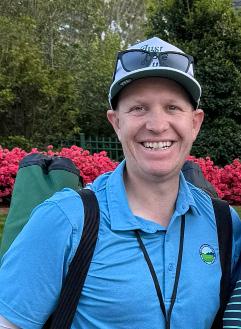
ment that will not be the same, but the green grass, flowers and warm weather that eventually will characterize the Montana summer golf season.
In 1996, I remember my family traveled to visit relatives the week after Easter and I was protesting traveling on “Masters Sunday.” My dad assured me that Greg Norman’s seven-shot lead was safe. After returning home
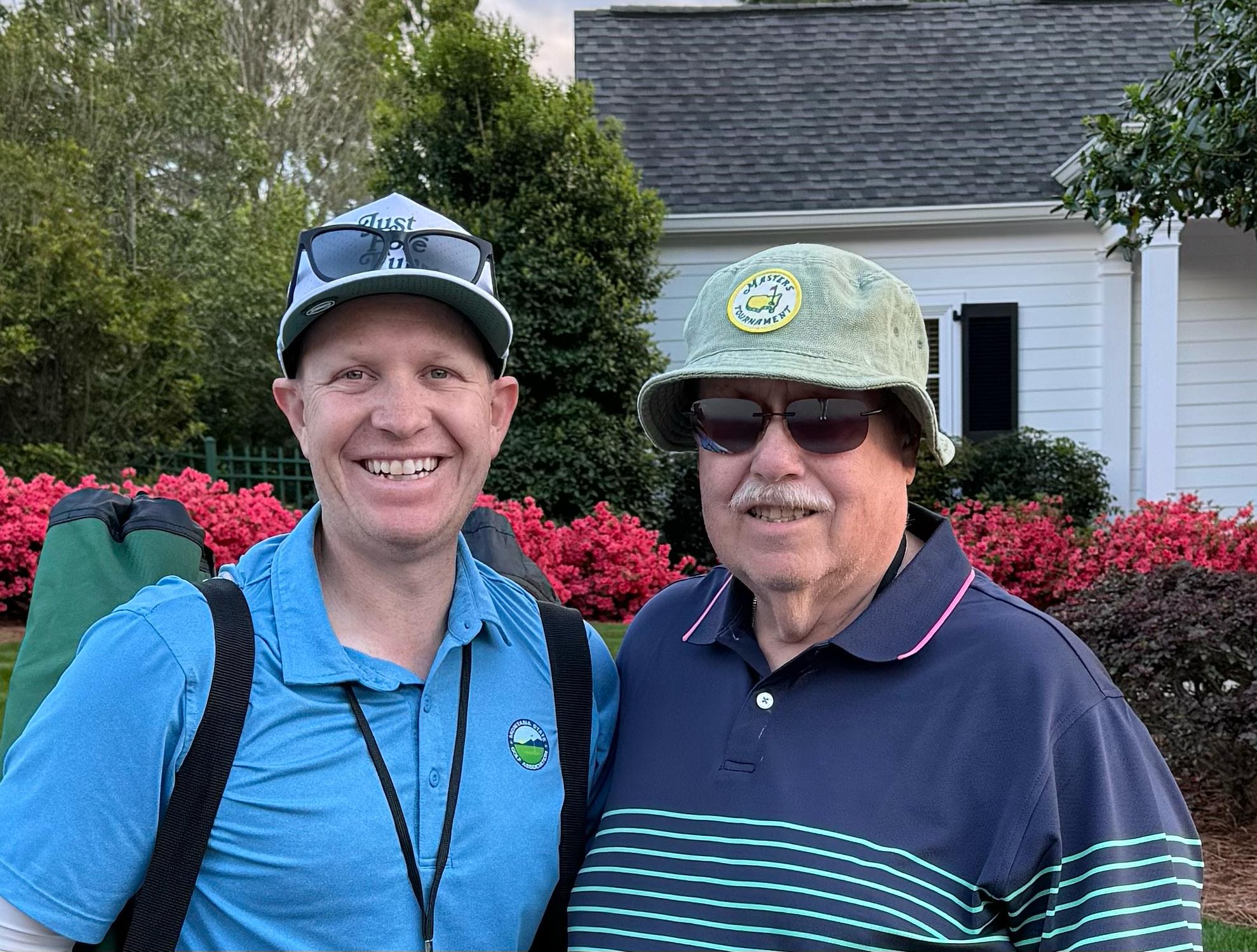
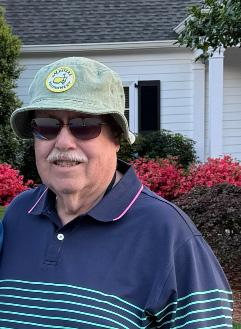

to check out the bottom-line ticker of ESPN, Nick Faldo was the champion. The next year it was Tiger bursting onto the scene in a remarkable tour-de-force. In 2004, it was in a dorm room with a lot of non-golf fans doing their part to will in Phil’s winning putt for his first Green Jacket. In 2018, my friend and I found a pub on a trip abroad to find a late-night viewing of the final round (Patrick Reed won).
This year of course, Rory McIlroy has slayed the metaphorical dragon and put to rest the decade-long questions of whether he would ever be able to complete the Grand Slam. As per usual, I was able to watch some coverage with all the loved ones in my life, some golf diehards, some casually viewing in support of me and many far away, who were reaching out with the same excitement and enthusiasm I recall when I first started watching.
This year, McIlroy’s triumph seemed to channel new fans in my orbit.
“I totally get it now!”
“This Masters is turning my wife into a golf fan.”
“The boys and I are glued to the TV.”
“Who is Justin Rose? Has he ever won this?”
BOARD OF DIRECTORS - OFFICERS
PRESIDENT................................................... Peter Benson
VICE PRESIDENT.................................. Ron Ramsbacher
TREASURER....................................................... Bill Dunn
PAST PRESIDENT......................................... Mary Bryson
EXEC COMMITTEE......................................... Karen Rice
BOARD OF DIRECTORS
Brett Bennyhoff, Peter Benson, Carla Berg, Mary Bryson, Bill Dunn, Cheri Ellis, Lisa Forsberg, Marcia Hafner, Ron Ramsbacher, Karen Rice, Joe Rossman, Rod Stirling
MSGA STAFF
Executive Director......................................... Nick Dietzen
Tournament Director...................................... Tim Bakker
Membership Operations Director............... Emily Hulsey
Member Services Coordinator......................... Ian Hulsey
Communications & Tournament Manager.... Katie Fagg
Communcations Coordinator.......................... Ty Sparing
Partnerships & Business Development.......... Jess Miller
USGA PJ Boatwright, Jr. Intern................. Jaideep Desai
USGA PJ Boatwright, Jr. Intern............. Jake Henderson
USGA PJ Boatwright, Jr. Intern................ Dean Hendrix
USGA PJ Boatwright, Jr. Intern...................... Ella Prigge
PARTNERSHIPS
Jess Miller.................................. 1 (800) 628-3752, ext. 5
406GOLF STAFF
Editor in Chief............................................... Nick Dietzen
Consulting Editor........................................ David Bataller
Senior Writer..................................................... Ty Sparing
Graphic Designer............................................... Katie Fagg

Montana State Golf Association P.O. Box 4306
Helena, MT 59604
1 (800) 628-3752 www.msgagolf.org
Those were a sampling of the text messages that came through in addition to the usual cast of golf-loving characters in my world.
Justin Rose of course won the 2013 U.S. Open. I remember vividly as I didn’t see any of it. I was traveling cross-continent with some friends, and we had no cell coverage or opportunities to get to a TV in time as we journeyed through the Canadian Wilderness. He’s also the teenager who had a flare for the dramatics in the 1998 Open Championship as an amateur. I remember watching that one too.
For some golf fans it’s the specifics. The shot hit on x hole with x club that they’ll
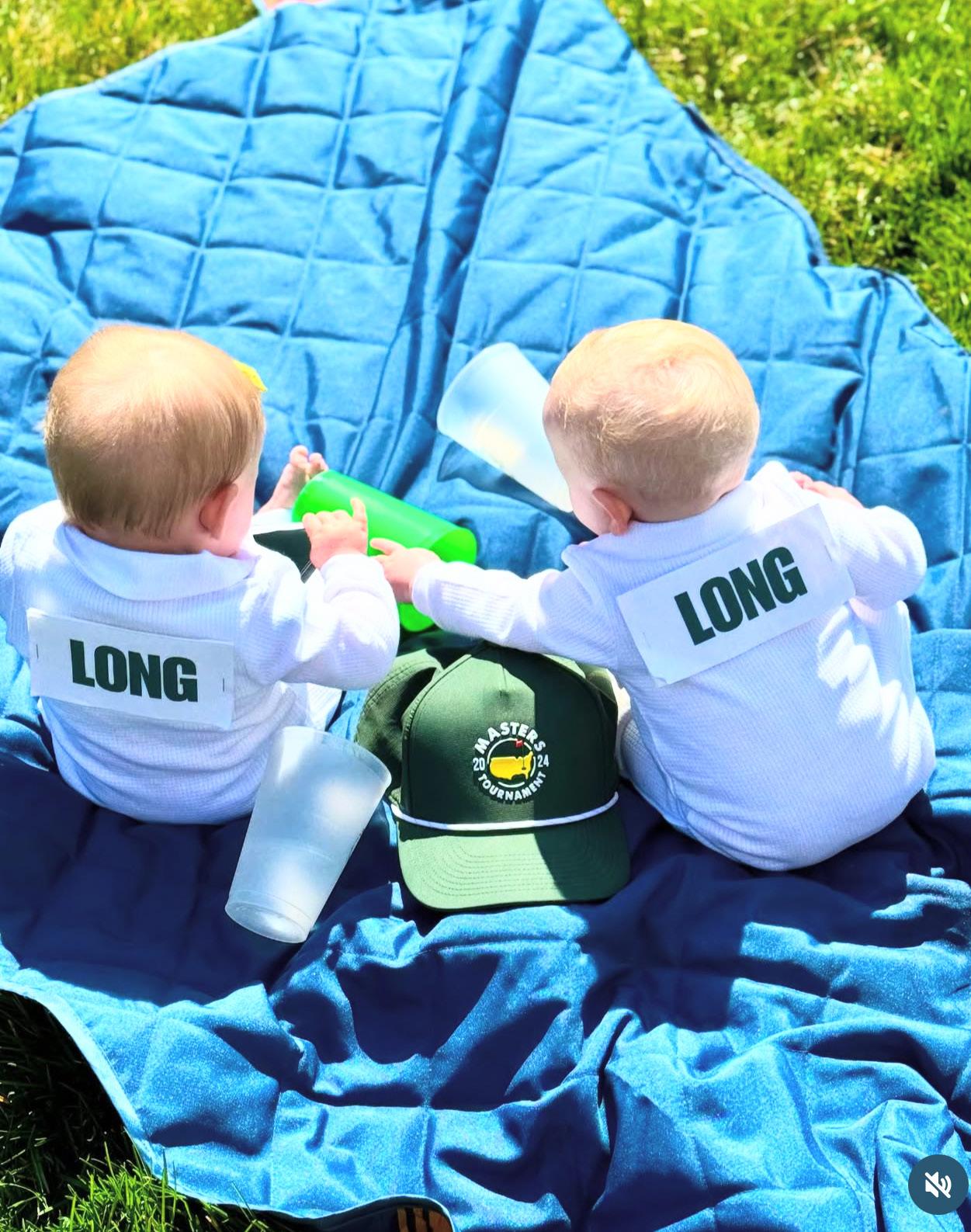
never forget. For me, it’s the people who have watched along and supported my love for spectating golf and watching history unfold – principally, with my father, who introduced me to the game and shared a bucket list adventure last year at Augusta.
Thanks to Rory, hopefully I gained some new golf lovers in my circle who I can share in the excitement for years to come. For me, that’s the tradition unlike any other.

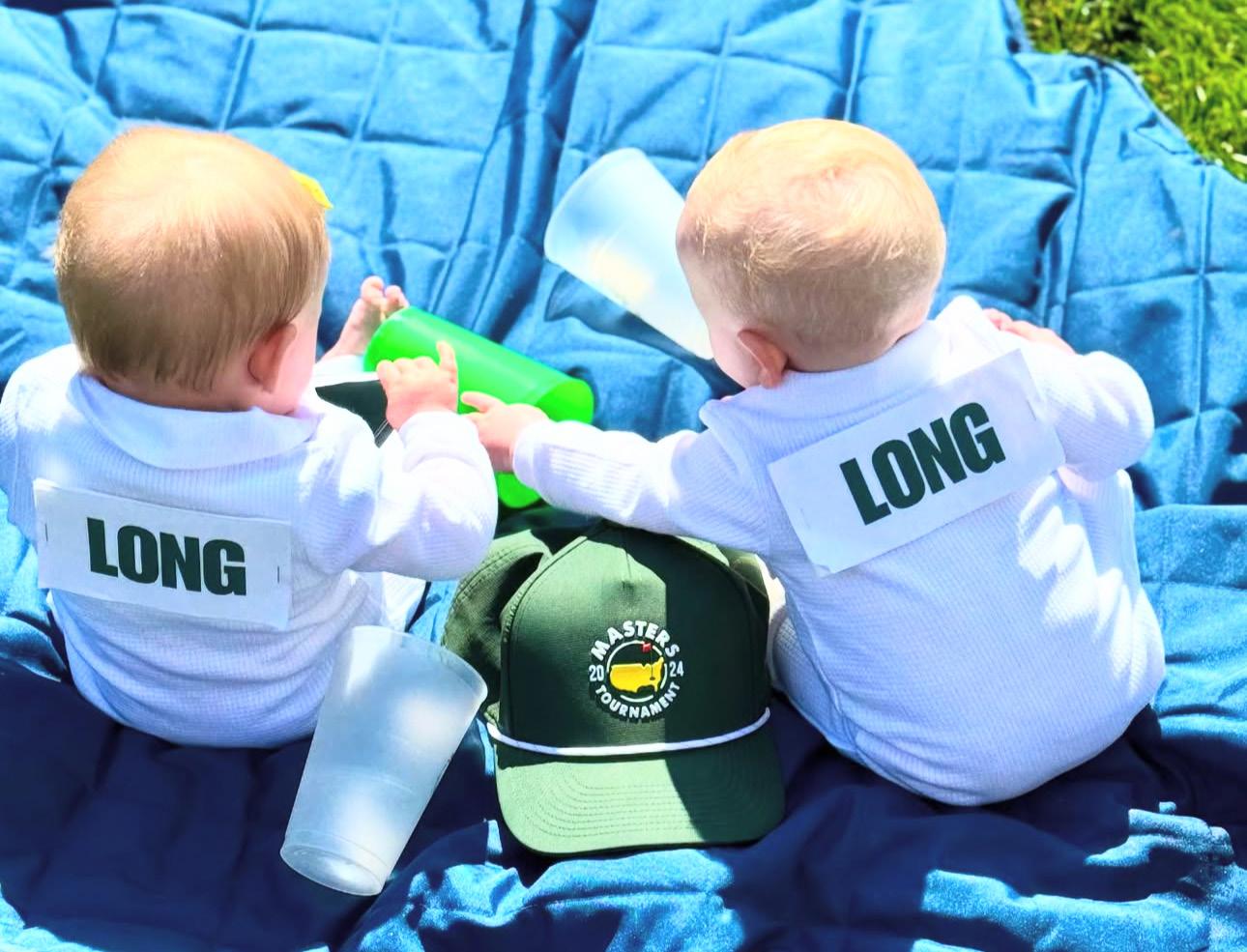




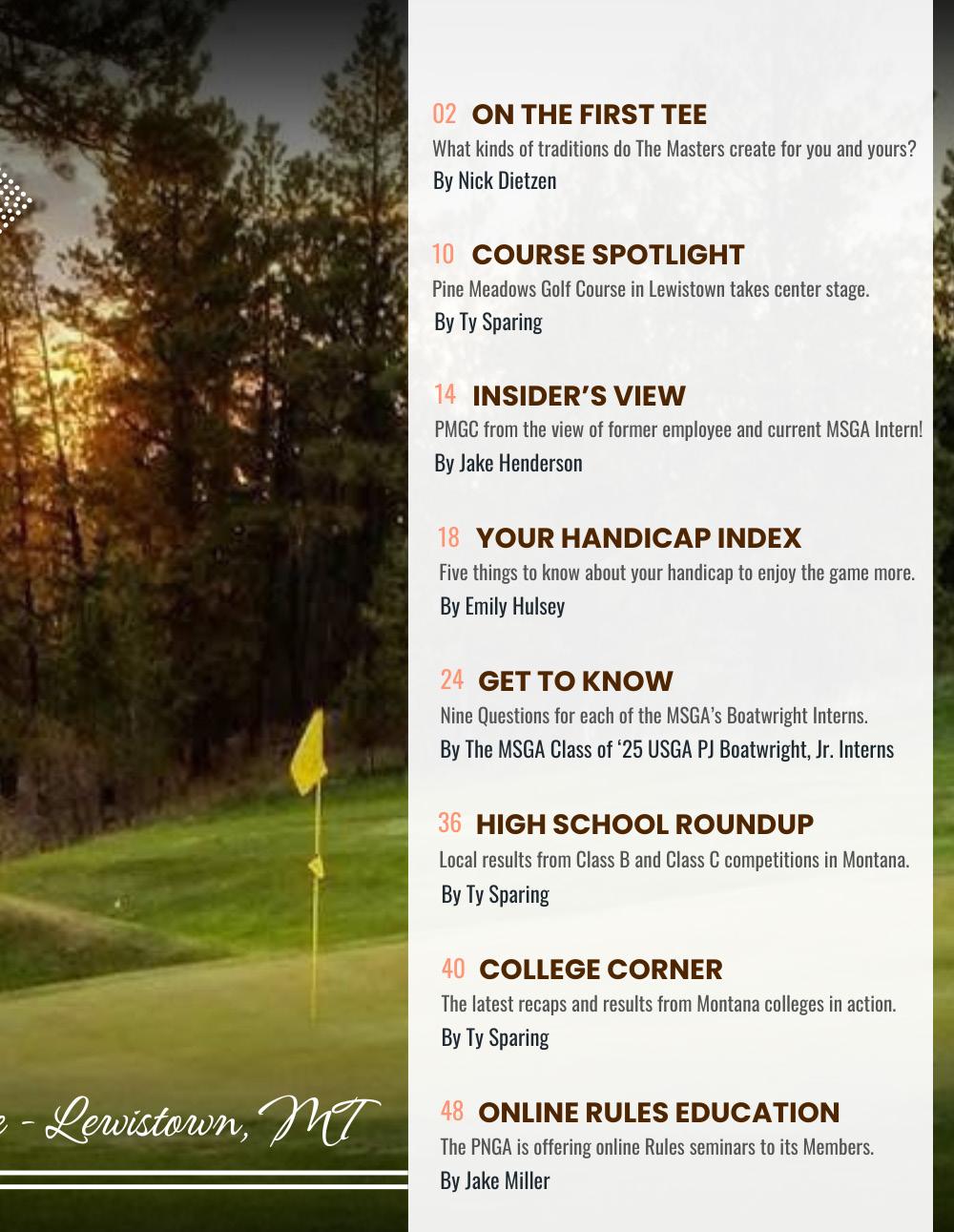


BY TY SPARING MSGA Communications Coordinator
Golf in Lewistown has a long history, dating back to 1917 when the first rudimentary course was built on the southeastern end of town. The new Lewistown Country Club was quickly regarded by some as “the most sporty course in the state,” and by 1921 had 200 members and a waiting list for those looking to get in.
The next year they added two more holes and combined another two which provided much needed length to the course and when it was completed one writer for the Lewistown Daily News wrote, “the outlook for golf in Lewistown was never so bright as it is today.”
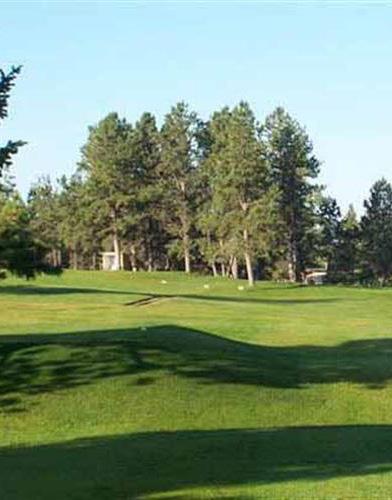
Like many other clubs around the state, the Lewistown Country Club struggled in the 1930s as the effects of the Great Depression took their toll. Finally in 1936 the Elks Lodge #456 purchased the club and turned it over “exclusively for the pleasure and recreation of the members of the local lodge and their friends.”
Shortly after the sale it was renamed Elks Country Club, while the Lewistown Country Club was formally dissolved.
A decade later changes were once again afoot for the Elks Country Club. With the popularity of golf at another a fever pitch in the post-war 1940s, club officers decided to lay out a new nine-hole course “on about 75 percent
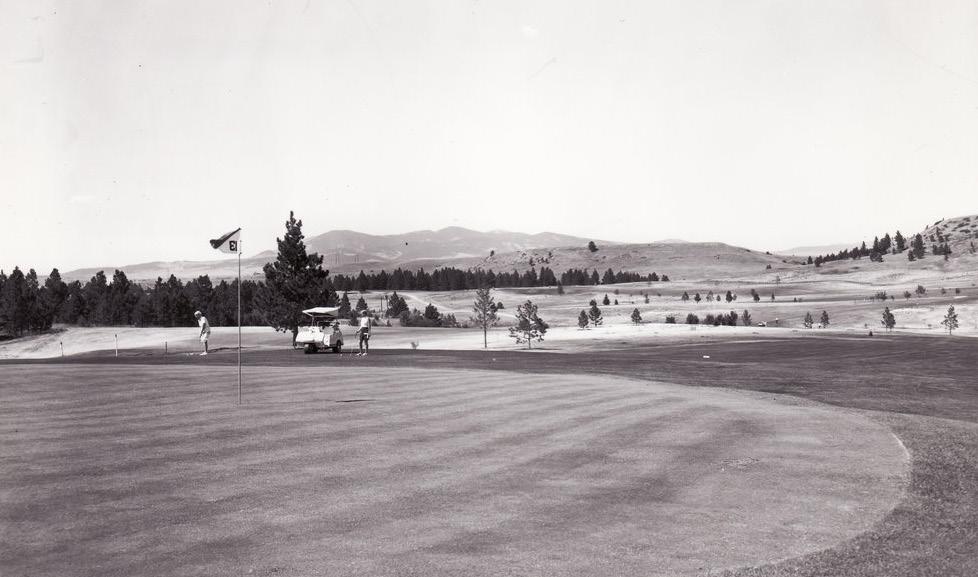

Elks Country Club Lewistown, Montana

of the present course, with the fairways and greens to be relocated.”
In 1946 they brought in the legendary Montana golf course architect Gregor MacMillan to help with the initial planning stages of the new playing grounds before bringing in the renowned designer William Diddel, “one of the outstanding golf architects of the nation,” to complete the vision.
Diddel also designed the Meadow Lark Country Club in Great Falls, along with a host of other nationally revered links.
With a handful of upgrades to the course and clubhouse over the years, the Elks Country Club proved to be in it for the long haul, consistently providing one of the “sportiest” courses in the Treasure State, along with a host of other clubhouse events.
The former gold rush town of Lewistown
had found in the Elks Country Club a reliable partner for the next half century. (Well, except for in 1952 when it was almost shut down after having seven slot machines seized in an illegal gambling raid).
After five decades of operating the course in service of their membership, in 1997 the Elks Country Club decided to change their name to Pine Meadows Golf Course and open up the course to the public.
Now almost thirty years after going public Pine Meadows is still as “sporty” of a course as ever, not to mention the frequent events hosted and the fantastic Elks Bar and Restaurant on site (see 406Foodies).
Set in a former mining town in the exact center of the state of Montana, Pine Meadows is a gem of a nine-hole course.
BY JAKE HENDERSON MSGA P.J. BOATWRIGHT, JR. INTERN (USGA)
Located in the center of Montana is the Pine Meadows Golf Course, a premier ninehole course and one of the oldest golfing establishments in the state. After going through a few incarnations since 1917, the nationally renowned golf course architect William Diddel was hired in the late 1940s to design a new layout for what was then called, the Elks Country Club.
Among others, Diddel also designed Meadow Lark Country Club in Great Falls, the Wichita Country Club, and the Northwood Country Club in Dallas which hosted the U.S. Open in 1952.
Along with serving the broader golfing

community of Fergus County, Pine Meadows is also widely known for the Lewistown Celebrity Golf Classic, once known as The Jim Perry. Perry, was a Cy Young Award winner in 1970 for the Minnesota Twins who had some links to Lewistown and a desire to upgrade the local sports venues.
Over the years the Celebrity Classic has been a staple in the community in raising funds for local youth sports and other worthy organizations. Celebrities that have attended this tournament include sports icons such as Tom Weiskopf, Jim McMahon, Bob Feller, and Johnny Unitas.
At Pine Meadows, playing conditions can be tough depending on the time of year. In spring and early summer, the rough can be a little longer, and it can be harder to find some errant shots. As you work your way through the

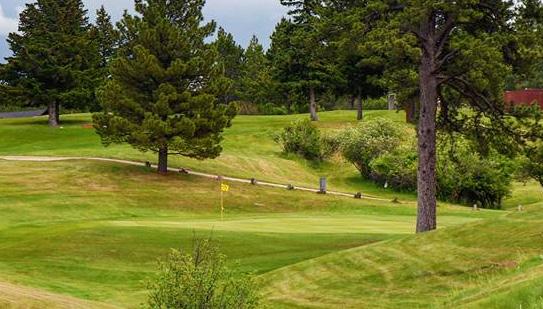
summer, the rough dries out which leads to harder lies. Overall, the conditions are usually good and simple if you stay in the fairways.
Hole #6 would claim the prize of being the hardest and most unique hole. It is a par three that ranges from 115 yards to 154 yards, depending on which set of tees you play. There’s a very old large pine tree that covers roughly half the green, which sits at a steep back-tofront slope and narrows the options for pin placements.
This tree makes it very hard for golfers to attack specific pins unless they can hit high, towering tee shots to have a chance at getting it close.
One famous pin placement on Hole #6 is front right because you can land the ball on the back half and in the summer the ball will roll down the green most of the time and come to a rest near the pin. There’s a famous quote from 1973 Open Championship winner Tom Weiskopf who after playing the course said, “That is the only dog leg par 3 I have ever played.”
People who haven’t golfed at Pine Meadows

should know that the scorecard lies when it comes to the handicap strength of holes. The par 3s are the hardest holes on the course; they have the hardest greens with narrow chances for a good miss on the tee shot.
The fairways are wide and clear of any obstruction, but with small, elevated greens, it requires precision on your approach shots to leave yourself a chance at birdie.
Pine Meadows also has a restaurant area on site that is a member of the Elks Organization. They provide lots of different meals, catering, drinks, and all those other unique communal things that accompany a small-town golf course.
The notable part about the Elks Restaurant is the “Deck” seating area that hosts many events like wedding receptions, graduation parties, banquets, tournament dinners, and lots of other events that come to Lewistown.
The Elks brings a family-friendly atmosphere for all types of people, golfers and non-golfers alike, which is another aspect of what is truly notable about Pine Meadows.



BY EMILY HULSEY MSGA MEMBERSHIP DIRECTOR
An average golfer probably feels that posting scores and getting a Handicap Index® is only needed when playing competitively. But, did you know that there are other reasons to establish a Handicap Index, even if you never play in a big tournament?
Here are five ways that having a Handicap Index will help you find more enjoyment and fulfillment from the game:
1) It’s a great way to track your progress.
When you see your Handicap Index go down after posting a good score, you know your hard work is paying off, and that feels good! Your score record shows how you’re progressing over time. On the other hand, if your number starts going up, you can review your stats and see which parts of your game need some work.
2) You can use it to set a target score.
Before playing, use the GHIN® app to look up your Course Handicap™ from those set of tees. Then, simply add together your Course Handicap + the total par and you’ll have your target score – the score you might shoot if you’re playing well.
3) It opens up new playing opportunities in your area.
When you sign up for a Handicap Index, you also become an MSGA member and part of a growing community of golfers in your
area. An MSGA membership offers more playing opportunities for players of all skill levels.
4) You can experience competition – on your own terms.
You don’t want to play in a big competition? No problem! You can have a fun and fair game with a friend or family member (who also has a Handicap Index), even if they have a different skill level! Using the Games feature in the GHIN app, you and up to 4 others can enjoy a game together, even Match Play. Try it out the next time you play, with a friendly challenge: loser buys!
5) It’s easy to get started.
To get started, you simply post a total of 54 holes, with any combination of 9- or 18-hole scores. You’ll receive a Handicap Index by the next day. It continues to update the day after you play, so whether you play once a week or once a month, you’ll always have an up-to-date measure of your ability. Be sure to post your score right after your round!
Want to try it out? Go to msgagolf.org/jointhe-msga to sign up. Once you receive your GHIN#, you can log into the GHIN app or at ghin.com and post your first score! If you need help, please contact us at support@msgagolf.org.
If you’re new to a Handicap Index, check out the Player Reference Guide on the Rules of Handicapping , with a quick overview of what you need to know.
Of course, a Handicap Index is just one of the benefits of having an MSGA membership. But, it can be a fun one, too!







1. Where are you from originally?
I grew up in Liberty, Texas, pop. 5000, a small town between Beaumont and Houston. I went to Liberty High School, then to Sam Houston State, graduated with a degree in Marketing. After moving to Austin, TX and spending 6 months in
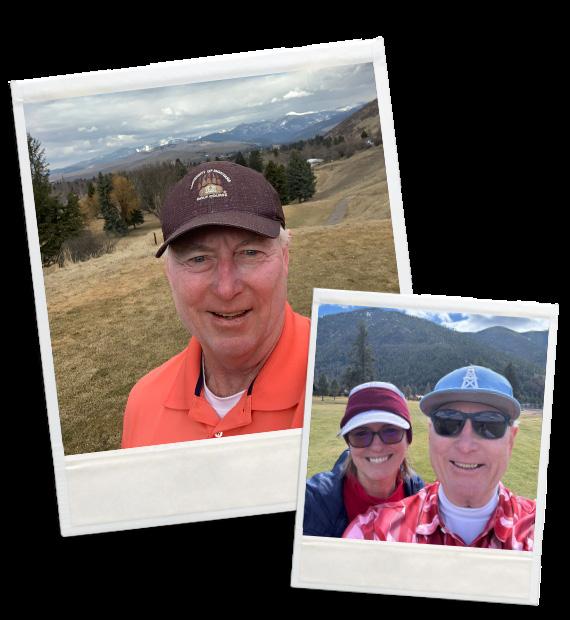

advertising, I realized it wasn't the right career for me. I then went to work for my father at a Radio Shack franchise. We ended up with 3 franchises during the 1980’s, which was same time as the PC started taking off. I found my life’s calling in technology.
2. What brought you to the MSGA? How did you find out about the Boatwright Internship?
I joined MSGA to play in state tournaments five years ago. I received and read the newsletters, which is where I originally found information regarding P.J. Boatwright. Over the last few years, as I was getting closer to retirement, I started thinking about the stuff I wanted to do when I retired. I took a gap year when I retired in May 2024. I was talking to Katie Fagg about the internship, and she encouraged me to apply. Thank you, Katie!
3. What are you hoping to learn while working in the golf industry?
Everything and anything about golf. I want to know something about all things golf, from course maintenance, to admin-
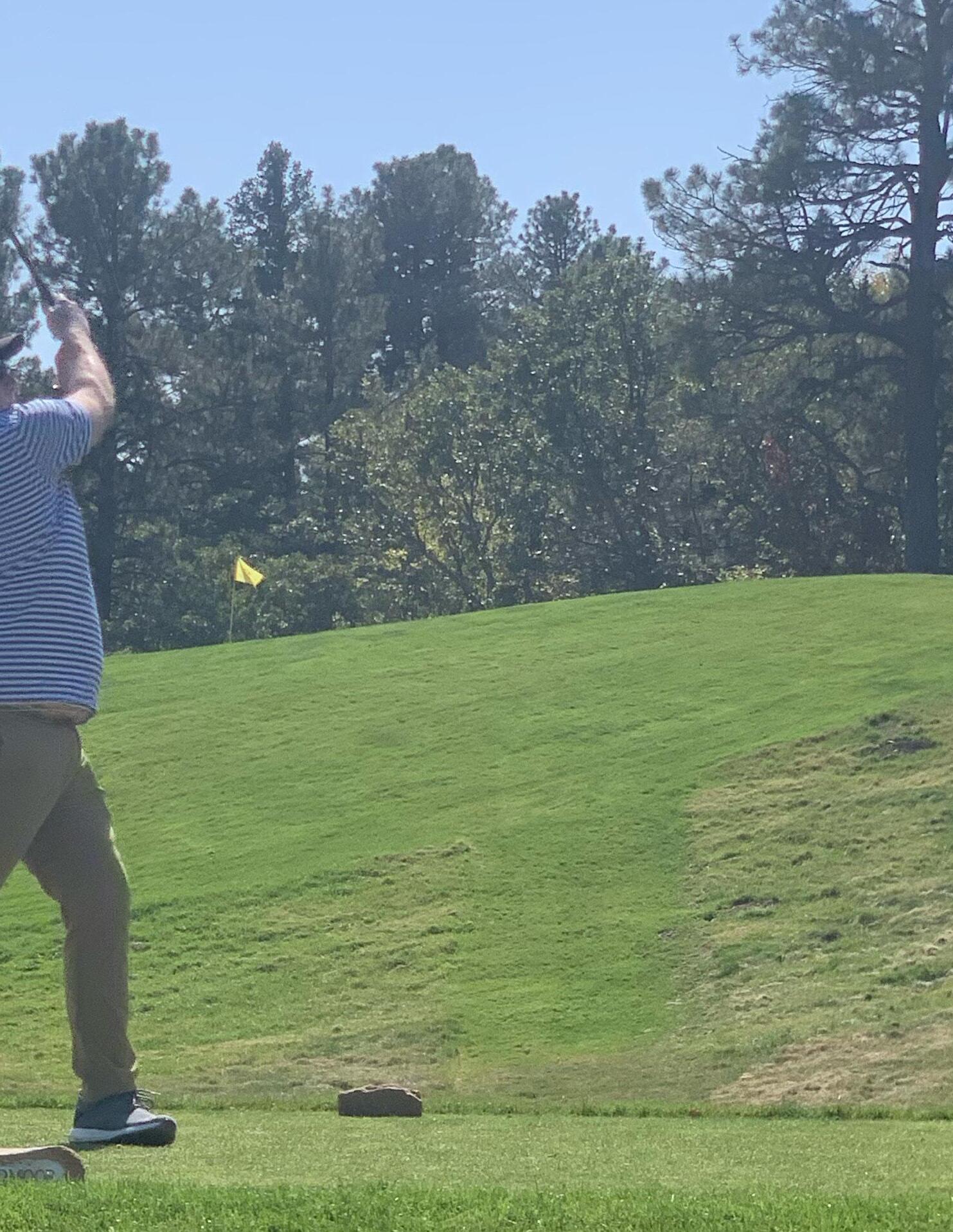
istration, operations, rules, and tournament organization/management. Exposure to these will allow me to focus on specific areas as I learn the ropes.
4. Who introduced you to golf?
My next-door neighbor, Chuck Schuyler, my golf hero. GHIN, 10103134.
I moved to Missoula in 2003, next door to Chuck and Lorna. Every weekend, Chuck would ask me to go play golf. I didn’t start playing until 2015, but Chuck was persistent. I am so glad he was, because I’m sure most MSGA members feel the same way I do about the game of golf. Addicted and consumed, but more importantly how golf reflects life and the choices we make. Thank you, Chuck!!!
5. If you could golf at any course in the world, where would you go?
The next one :) Gosh so many choices. Disneyworld, Magnolia course or the Ocean Course at Kiawah Island Golf Resort in South Carolina.
6. What is your favorite course in Montana and why?
University of Montana Golf course, (UMG) holds a special place in my heart, because this is where I started. Besides UMG, Eureka, The Wilderness is a very cool place. I’ve never played at the Stock Farm, but I have heard great things about the course.
7. If you could change one thing about the game of golf, what would it be?
Ban golfers who do not fix divots on the putting green or golfers who tend to harm
the golf property they are playing. And bring back the loopers.
8. What’s your most memorable moment on a golf course?
This is easy. 2017, about 2 years after I started playing. I signed up to play the chipper at UMG, we started on hole 5, a par 3 with 2 front greenside bunkers. The other players knew I was new and made me tee off first. I was so nervous, but what the heck. My shot hit the top of the right bunker and appeared to roll out but none of us could see it. One of the guys jokingly shouted, “hole in one”, and we all laughed. Yup, it was my first hole in one and I led the tournament for 3 holes.
9. What is your favorite sport outside of golf?
Washers, horseshoes, and I am a champion shuffleboard player.
Bonus: Lay up or go for it?
I don't lay up.
1. Where are you from originally?
I am a Butte girl through and through!
2. What brought you to the MSGA? How did you find out about the Boatwright Internship?
I love the MSGA! The Butte Country Club—my home course—set me up with a handicap through the MSGA when I was thirteen years old (and thank goodness it has fallen by a few dozen). I grew up playing in MSGA events, and they served as

some of my first introductions to compet itive golf. I will never forget how nervous I was standing over my ball on the first tee in the Women’s State Am. My brother, Jack, is an excellent golfer, so I have found myself caddying in a few tournaments for him as well. These positive experiences, as well as my friendship with former Boatwright Intern, Cora Rosanova, inspired me to apply for this internship!
3. What MSGA program are you looking forward to contributing to the most?
Tournament operations! Through my experience in the BCC bag room, I’ve gotten a glimpse of the behind-the-scenes effort that goes into running golf events, but I know I have a lot to learn about state championship tournaments. I am also super excited to meet and connect with more members of the Montana golf community.
Golf has always been a bit of a family affair. When I was as young as 4, my family and I would pile into a golf cart on weekday evenings, and I would tee off from the fairway (or even better, play in the greenside bunkers while my dad rolled putts). My grandparents were also instrumental in my relationship with golf, from meeting me on the range after a tough day at a tournament to stocking up my bag with snacks.
5. If you could golf at any course in the world, where would you go?
St. Andrews or Los Angeles Country Club.
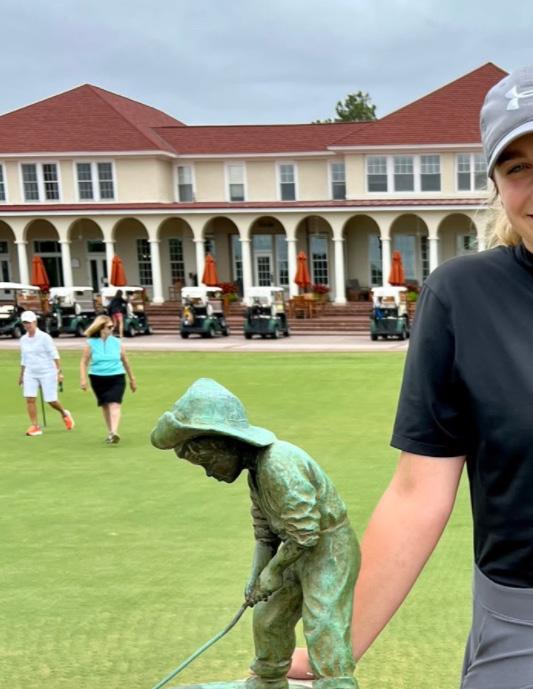
4. Who introduced you to golf?
6. What is your favorite course in Montana and why?
The Butte Country Club will always have my heart—my memories here are hard to beat! In a similar vein, I LOVE Old Works because it is so unconventional, or almost otherworldly. However, there is not much better than a round at Meadowlark Country Club. I have played the fastest and slowest greens of my life here—try putting on a half inch of snow! No matter the conditions, every round at the MCC is bound to be a unique playing experience.
7. If you could change one thing about the game of golf, what would it be?
I’m passionate about making golf more sustainable through water conservation, enhanced biodiversity, and waste reduction! I absolutely adore the game of golf and want to see it thrive long into the future. However, I never truly learned how to hit a bunker shot, so if that means adding more sand traps, I might have to go
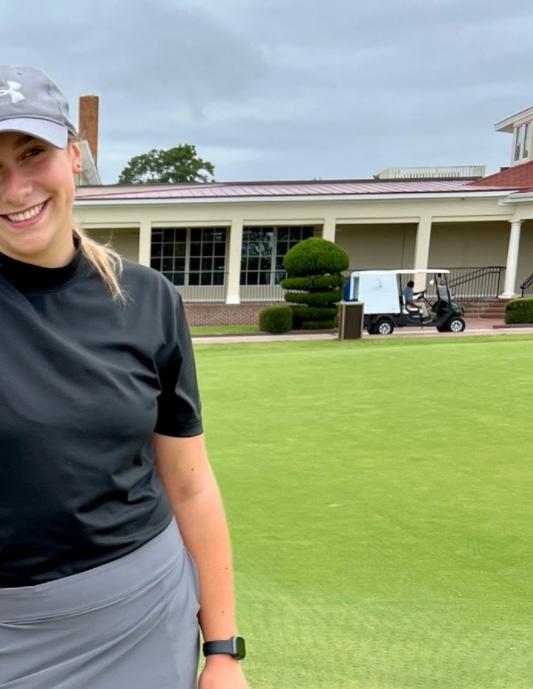
back to the drawing board.
8. What’s your most memorable moment on a golf course?
My favorite moment on the golf course was in 2022 when I shot my personal best to win the Women’s Club Championship at the BCC. However, the very best part was that I tied my brother’s score on the day and he also won on the men’s side!!
9. Outside of golf, what are some of your other interests?
Off the golf course, you can find me reading a book in a coffee shop or bar, dancing at a concert, or snowboarding with my family and friends.
Bonus: Lay up or go for it?
Don’t make fun of me for saying lay up – I can’t get my dad’s course management advice out of my head!
1. What brought you to the MSGA? How did you find out about the Boatwright Internship?
I have always played in MSGA events and played golf collegiately, and I was looking for a career change to more of the sports and social media side of things, and this presented a great opportunity for me to be able to do this.
2. What MSGA program are you looking forward to contributing to the most?
I look forward to the social media side of the MSGA I have always loved creating content and doing social media content, I look forward to helping the MSGA grow
the game of golf through social media.
3. Who introduced you to golf?
Myself, nobody else in my family has golfed, and as I was entering high school, I decided to try golf because I was too small to play football. Four years later I started playing college golf at the University of Providence.
4. If you could golf at any course in the world, where would you go?
Augusta National, because it is one of the most pristine and non-accessible courses in the world, and I would like to see how I would fair up against some of the shots that the top players in the world have had to hit.
5. What is your favorite course in Montana and why?
Laurel Golf Club because it is a very challenging course that makes you hit good shots and rewards good shots, and I have always played well there through

high school and college.
6. If you could change one thing about the game of golf, what would it be?
The current rule is not getting relief out of another golfer’s divot in the fairway. I would change this because you should not be penalized for being in the fairway.
7. If you could golf with anybody, what four other people would you select?
Bryson DeChambeau because I’d learn so much about the golf swing, Donald Trump because he is a multi-time club champion and would provide some good laughs, my brother Cody because I would
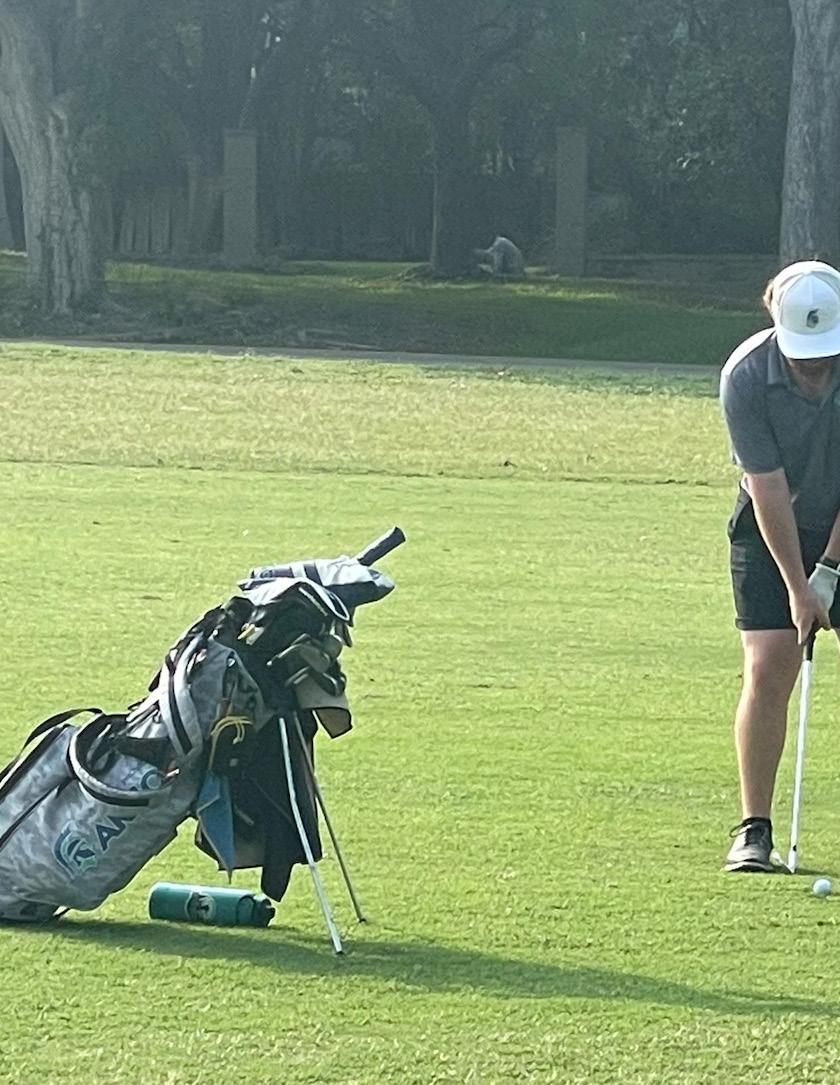
have someone in the group that I could beat, and Wayne Gretzky because he is the GOAT of hockey.
8. What is your favorite sport outside of golf?
My favorite sport outside of golf is Hockey, I grew up playing it and played it at the collegiate level for one year.
9. What’s your most memorable moment on a golf course?
Getting a hole-in-one with my golf buddies back in 2020.
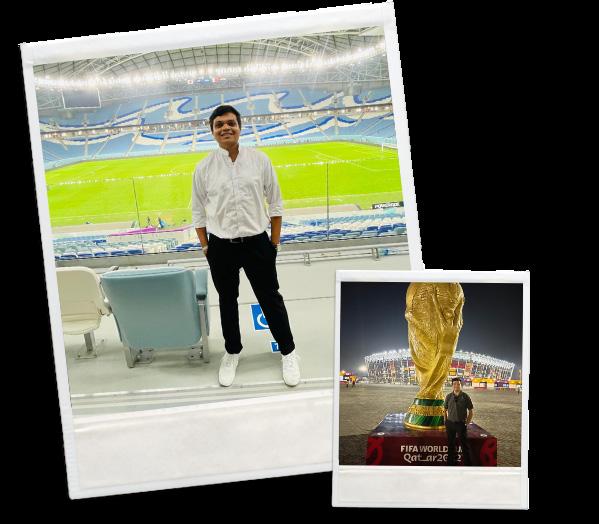
Bonus: Lay up or go for it?
Go for it, because I didn’t

1. Who Introduced you to Golf?
I grew up watching a lot of Bollywood movies back in India, a country where golf is considered a luxury sport and not easily accessible to everyone. As a kid, I noticed that in movies, the people playing golf were either extremely wealthy or came from privileged backgrounds. That shaped my early perception of the sport. But everything changed when I came to the USA and had access to public golf courses. I still remember my first time playing at the Rutgers University Golf Course, thanks to a classmate who introduced me to the game. I’m so glad he did because I haven’t stopped playing since.
2. Who Influenced you most in your golf life?
While my classmate at Rutgers University was the one who first introduced me to golf and truly got me started, one of the biggest inspirations in my golf journey has been Tiger Woods. His story of resilience, dominance, and overcoming personal and physical challenges is nothing short of incredible. Watching highlights of his performances and learning about his journey motivated me to take the sport more seriously. Tiger made golf feel powerful, emotional, and accessible in a way I hadn't seen before. Combined with the support and encouragement from my classmate, these influences helped shape my passion for the game and pushed me to keep improving.
3. What MSGA program are you most passionate about and why?
I’m most passionate about the Junior
Golf Program because it plays a vital role in growing the game and making it more accessible to the next generation. Golf has traditionally been seen as exclusive, and initiatives like this help break down barriers and introduce the sport to kids who might not otherwise have the opportunity. Supporting young players as they develop their skills, confidence, and understanding of the game is incredibly rewarding. It’s also a great way to foster community involvement and create a lifelong connection to golf.
4. What is your fav course in Montana and why?
I was introduced to golf only after moving to the U.S. in January 2024, with my very first round played at Rutgers Golf Course in New Jersey. Despite struggling at the start, missing shots and hitting out of bounds, I was instantly hooked. Since relocating to Helena, Montana, I’ve started exploring the local courses, and so far, Bill Roberts Golf Course stands out as my favorite. It’s scenic, welcoming, and provides just the right mix of challenge and enjoyment for a developing golfer like me.
5. What is a dream golf course you’d like to play once?
A dream golf course I’d love to play is Augusta National Golf Club. Its rich history, pristine layout, and iconic moments from The Masters make it one of the most legendary venues in the world. For any golf fan, stepping onto that course would be like walking through the pages of golf history. The tradition, challenge, and beauty of Augusta make it an unforgettable bucket list destination.

6. What is your dream celebrity foursome (living or dead)? Why would you choose them?
My dream celebrity foursome would be Tiger Woods, Cristiano Ronaldo, Barack Obama, and myself. Tiger embodies everything I admire about golf grit, excellence, and the ability to change the game. Cristiano Ronaldo is a global icon whose work ethic, discipline, and competitive spirit have always inspired me, especially coming from a background in soccer. Barack Obama brings thoughtful leadership and a calm, charismatic presence. I’d be honored to share a round with three individuals who’ve made a lasting impact in their respective fields.
7. What’s your most memorable moment on a golf course?
One of my most memorable and unintentionally hilarious moments happened the very first time I stepped onto a golf course. Having grown up in India, where cricket is more than just a sport, it’s a religion so I instinctively approached the ball with the confidence of a seasoned batsman. I swung the golf club like a cricket bat, and to my surprise (and embarrassment), the club slipped from my hands and went flying farther than the ball. It was a humbling introduction to just how precise and technical golf really is. While it wasn’t my finest athletic moment, it’s the experience that got me hooked and gave everyone on the range a good laugh.
8. If you could change one thing about the game of golf what would it be?
If I could change one thing about golf, it wouldn’t be the game itself, but rather the perception surrounding it. Golf is often seen as intimidating or exclusive,
which can discourage newcomers, especially those unfamiliar with the sport, from ever picking up a club. Many people are curious but hesitate out of fear of embarrassment or lack of knowledge. I’d love to help break down those barriers and make the game more welcoming and approachable for everyone. Golf has so much to offer, and I’m committed to doing my part to make it more inclusive and accessible.
9. What brought you to MSGA? What do you hope to accomplish as a 2025 Boatwright Intern?
My journey to the MSGA is rooted in my passion for sports and a lifelong commitment to making them more inclusive and accessible. I’ve come to understand that sports can be a powerful equalizer.
When I arrived in the U.S. in early 2024, golf was completely new to me. I was introduced to it by a classmate at Rutgers, and it quickly became a part of my life. Despite the challenges of learning the game, I found in golf a unique blend of focus, discipline, and community, qualities that align perfectly with my professional goals.
Joining MSGA is a chance to bring a fresh perspective to the table, especially as someone who’s experienced both the awe and the barriers of entering this sport later in life. I hope to contribute to programs that make golf more approachable, especially for young players, first-time participants, and communities that have traditionally been underrepresented in the sport.
Whether through digital content, community outreach, or junior development initiatives, my mission is to help MSGA continue evolving into a space where anyone, regardless of background, feels welcome to pick up a club and play.
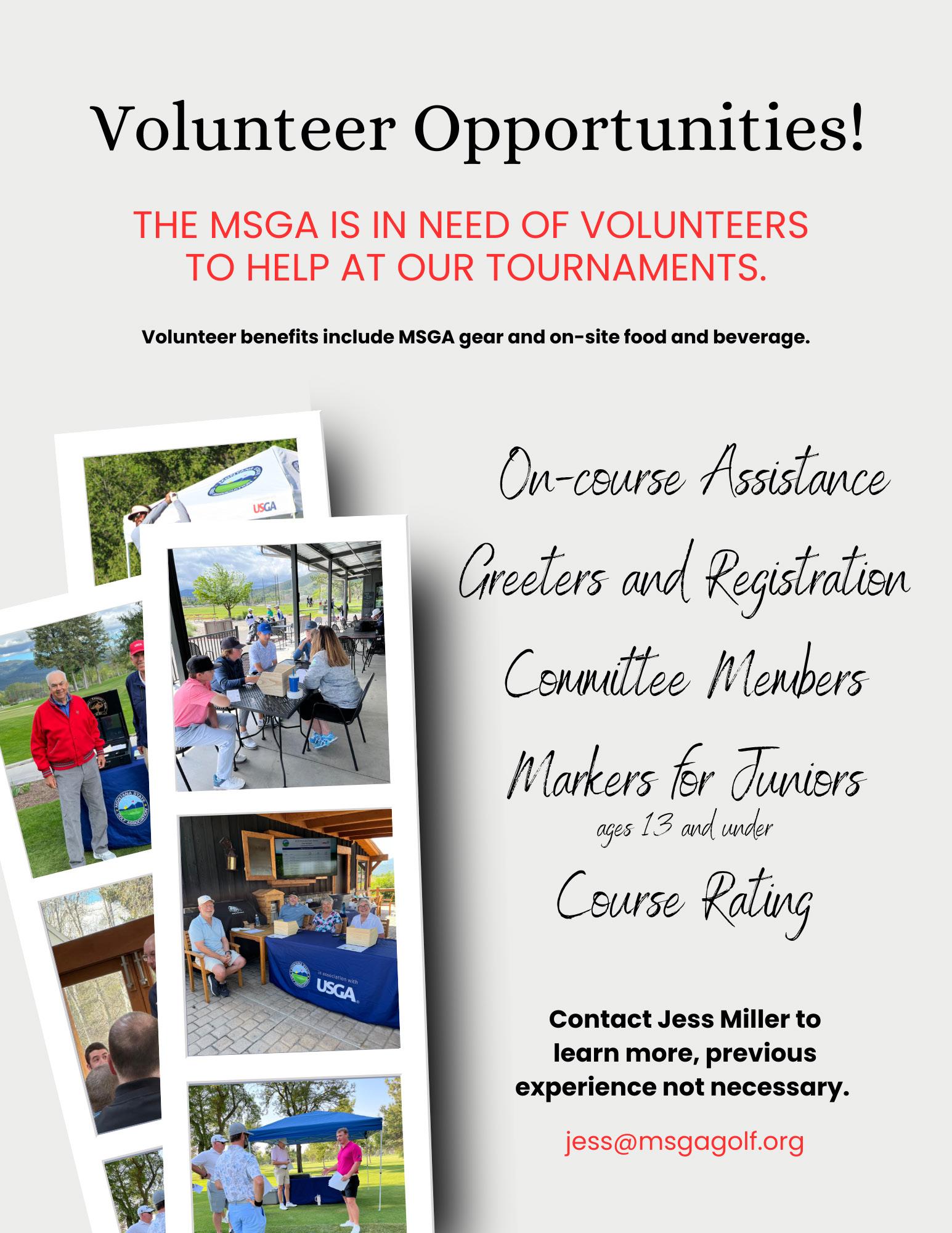
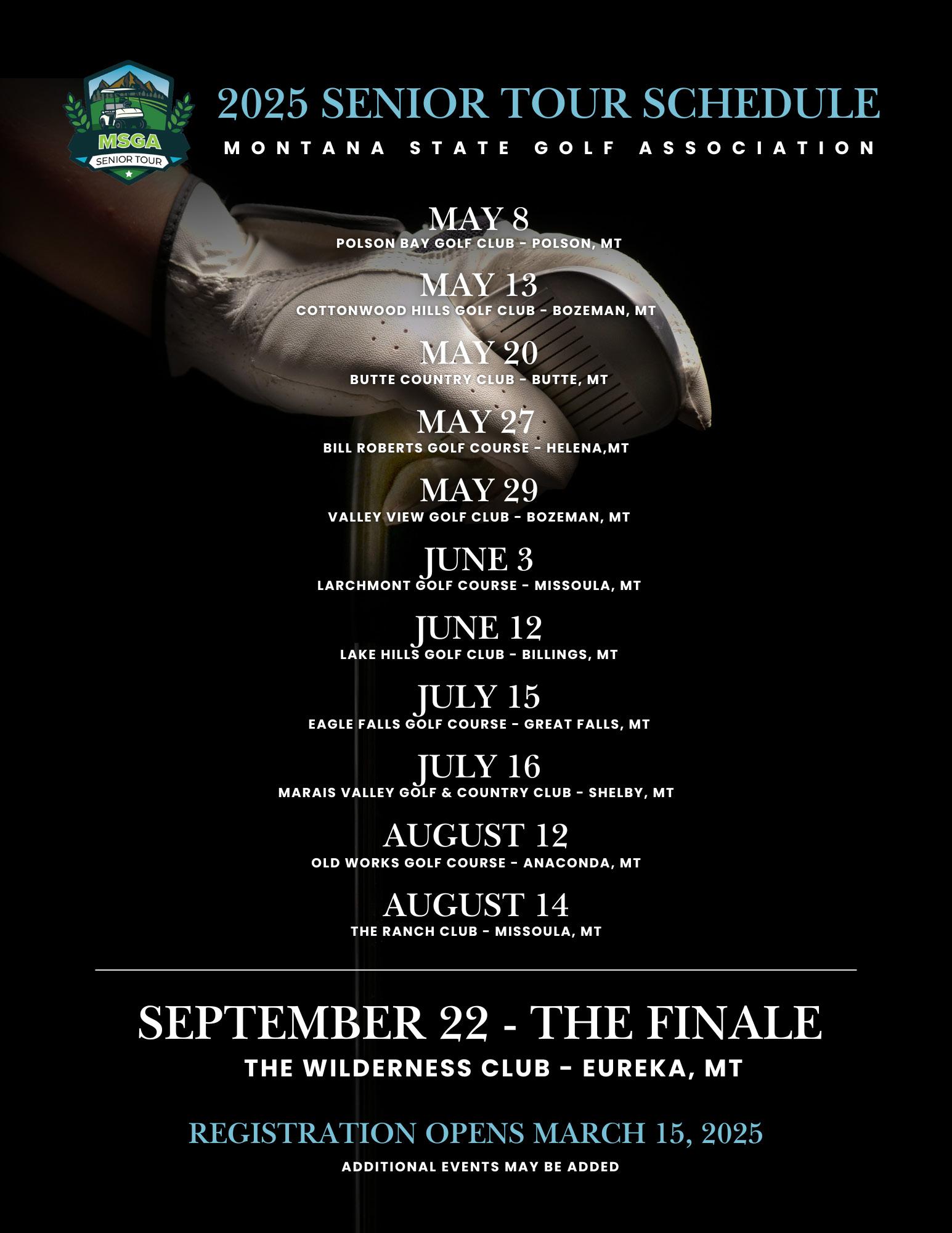





BY TY SPARING MSGA COMMUNICATIONS COORDINATOR
Florence/Darby Invitational
Missoula Loyola’s Munding siblings, Elise and Zach, both took home individual titles this past April 1 at the Florence/Darby Invitational. A Class B event at the Hamilton Golf Club, the single round invite drew 39 golfers in the girls division and 59 in the boys division.
Elder sibling Elise, who is a senior this year won her first high school event with a final score of +12 (84). She had a birdie on the par-4 hole nine, which proved to be the difference against Seeley-Swan’s Mia Nicholas who came in second by just one stroke.
Florence-Carlton’s Kipley Solari and Reese Briney finished in third and fourth place at +19 (91) and +24 (96) respectively. Rounding out the top five was Thompson Falls’ Aubrey Baxter who ended up at +25 (97).
Bolstered by Solari and Briney’s performance, Florence-Carlton won the girls team title at +127.
On the boys side of things, it was younger brother Zach Munding who won his second career event in just his sophomore year. He recorded four birdies (holes 5,11,15,16) en route to a score of +3 (75), which like Elise, gave him a victory by one stroke.
Jefferson took the next two spots with Tyson Lee finishing in second at +4 (76) and Ben Werner who ended up at +7 (79). Three Forks’ Aaron DeFrance finished in fourth place
at +11 (83) and teammate Trey Miller tied with Loyola’s Jamo Kendrick for fifth place at +13 (85).
With two players also in the top five, Jefferson won the team event by twelve strokes at +47.
For full results of the Florence/Darby Invitational, CLICK HERE.
The Belt/Centerville Invite drew some Class C golf teams from around the region to the Anaconda Hills Golf Course in Great Falls. The one day tournament was held on April 11.
With sixteen teams represented overall, Centerville took home the boys victory at +68 (278) by three strokes over Conrad.
Ryan Bell won the boys title with a final score of +14 (84). Following Bell in the top five was Fort Benton’s Emerson Jacobs at +17 (87) and Box Elder’s Julian Henry, Conrad’s Reece Taylor, and Centerville’s Jase Troyer all tied for third at +18 (88).
Fort Benton won the team girls event at +116 (326) by four strokes over Centerville. Centerville still managed to take the top two spots individually with Kandie Charier achieving victory at +21 (91) and Katharine Taylor finished in second at +32 (102). Fort Benton’s Mycal Lane finished in third place at +33 (103), Belt’s Addee Hoffman ended up in fourth place at +34, and Heart Butte’s Destiny Spotted Eagle and Belt’s Paisley Enos tied for fifth place at +36 (106).


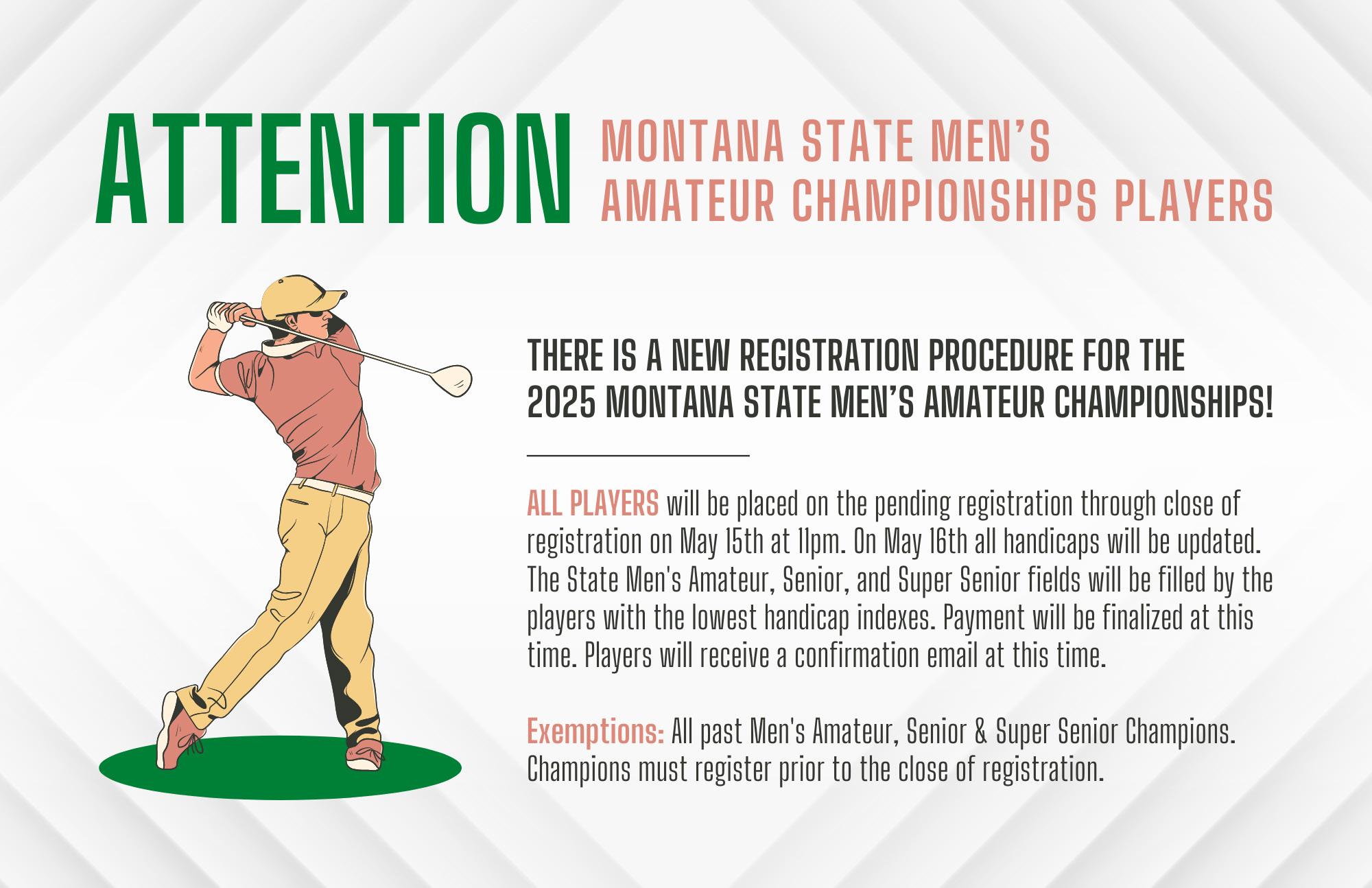
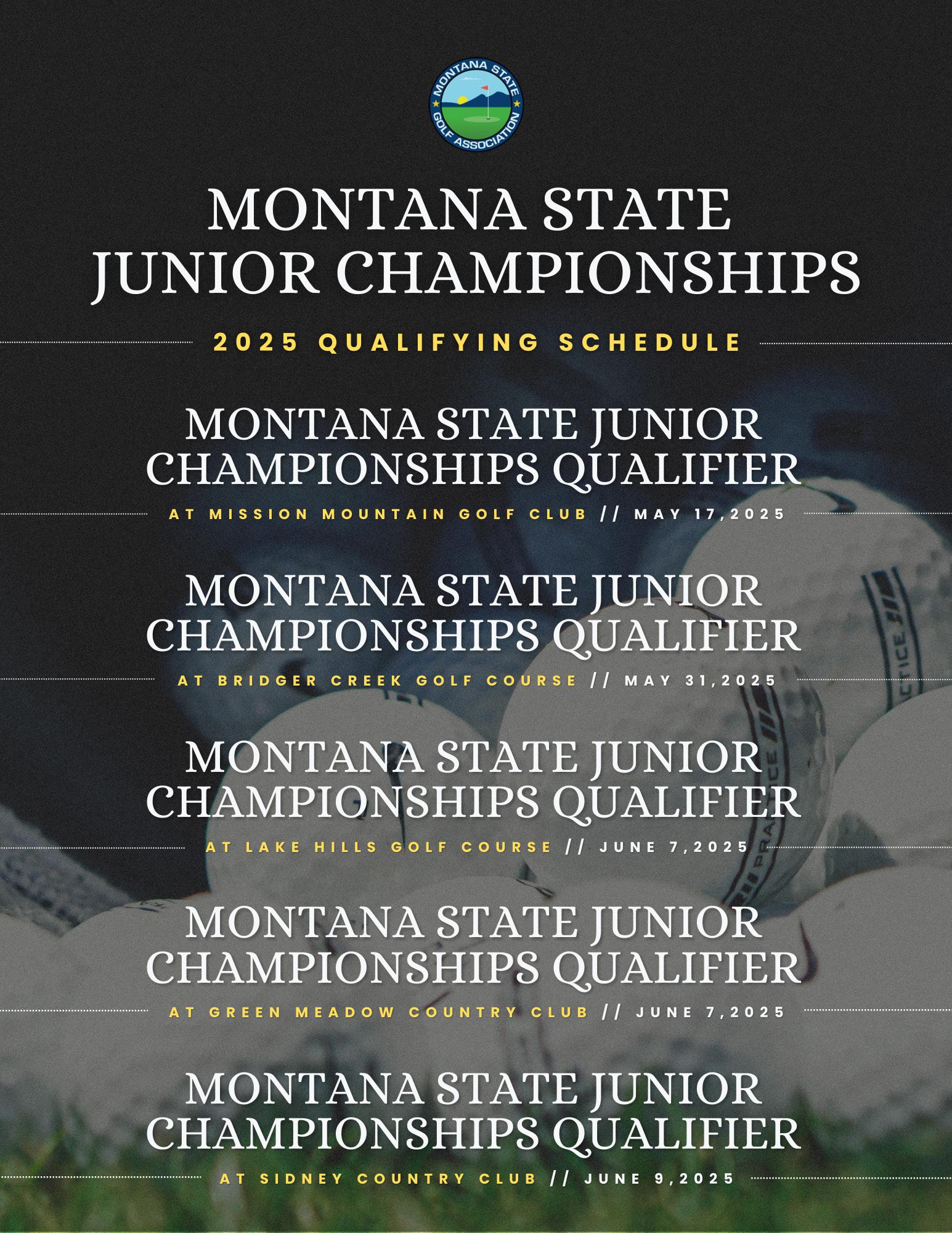

BY TY SPARING MSGA COMMUNICATIONS COORDINATOR
The Montana State and University of Montana golf teams closed out their regular season April 7-9 with three rounds of play at the Bobcat Desert Classic. Held at the Golf Club of Estrella in Goodyear, Arizona, they were competing against eight other teams including several Big Sky Conference rivals.
It was another impressive outing for the Montana State golf team as Lauren Greeny
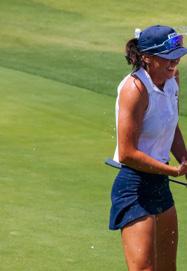
won her third title of the season in dramatic fashion, while the team recorded their second best 54-hole score in program history. A good time to be playing sharp with the Big Sky Conference Championships less than a week later.
As a team MSU was playing for the win up until the very end, as they were neck and neck with Big Sky foes Weber State and Idaho up until the last few holes when Weber State broke away to win the event by six strokes. The Bobcats settled for the second-place tie with an even par 864.
The junior Greeny was the story of the day though as she capped off a thrilling one-hole playoff victory with two clutch shots after an
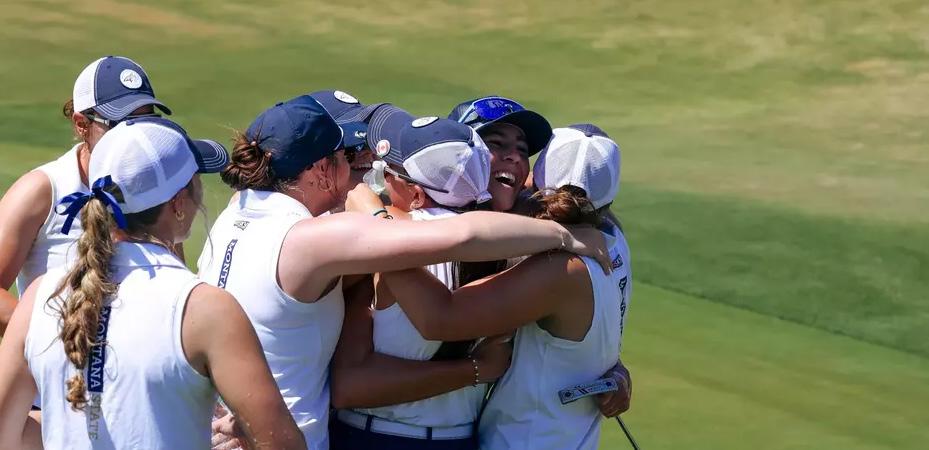

errant opening drive had her in a precarious position. Having taken an unplayable lie after landing in a bush 140 yards out, Greeny calmy stepped up and put the ball twenty feet away from the cup. She drained the putt a few moments later to much applause from coaches and teammates. Those who were at the Montana Women’s State Amateur Championships in 2023 at Green Meadow Country Club might remember a similar playoff scene when Greeny hooked a drive left on the par-5 18th hole over to the 10th fairway, but stuck her second shot to within 10 feet, and then made the putt for an eagle and the title.
In round one Greeny recorded eight birdies en route to a final score of -5 (67), which is (surprise, surprise) another record for the Pullman native who now owns seven of the top twelve individual round scores in Bobcat history.
After a round two of +1 (73) which put her three strokes behind Idaho University’s Zoe Newell, Greeny pulled off her third comeback win of the year with a final round score of -4 (68) that included six birdies. Dealing with yet another high-pressure playoff situation, the two-time Montana State Amateur champion

only needed one hole and a couple big time shots to seal the deal.
In victory Greeny joins Jen McGregor (1993-1997) and teammate Scarlet Weidig (2022-present) as the only Bobcats to ever achieve three college victories in a career.
Following Greeny was Eva Heinz who tied for 12th place at +3 (219) playing in her hometown of Goodyear. Also in the top twenty for the Bobcats was Scarlet Weidig and Becca Tschetter who tied each other for 19th place at + 6 (222).
University of Montana’s Raina Ports joined Greeny in the top ten with a final score of +1 (217). The All-Conference golfer dominated the par threes with five birdies over nine par three throughout the tournament. Elle Higgins joined Ports in the top half of the field, ending up in a tie for 24th place at +7 (224).
As a team the Griz finished in seventh place with a final cumulative score of +37 (901).
To see a brief interview with MSU title winner Lauren Greeny, click here.
For full results of the Bobcat Desert Classic, click here
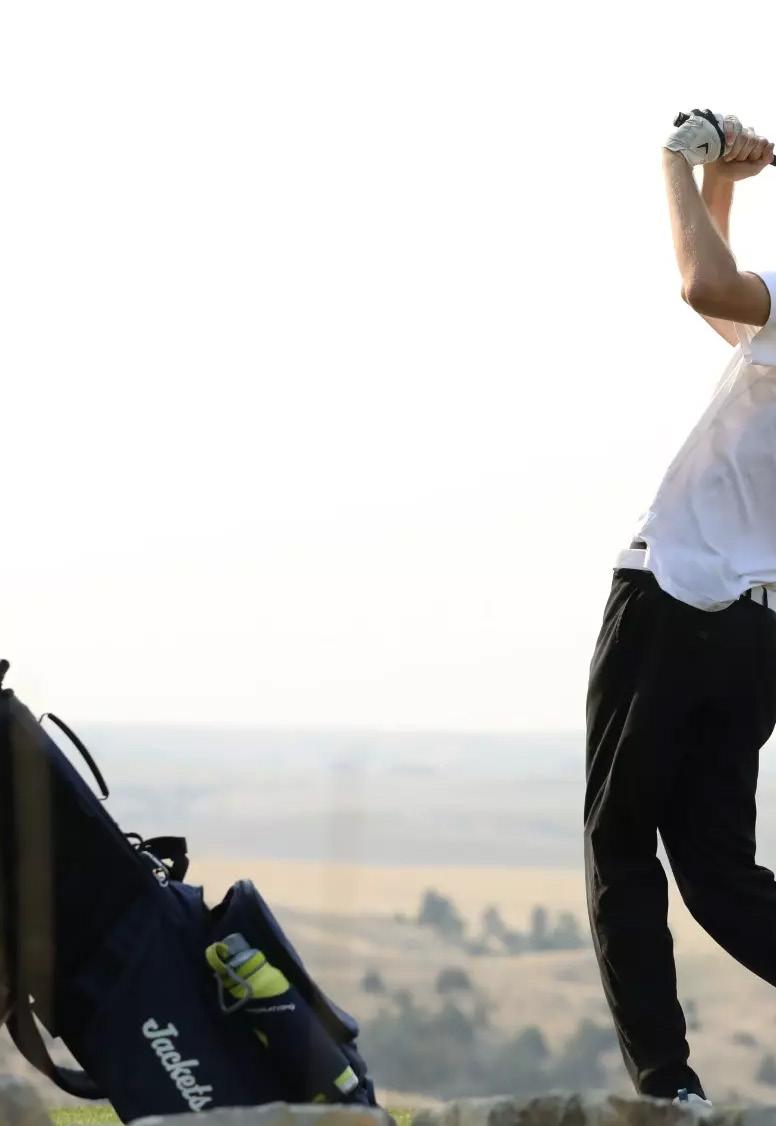

Coming off a rain and snow shortened Red Rocks Invitational in mid-March that saw a 54hole tournament reduced to a patched-together 18, the University of Montana was back at it April 2-3 at the Wyoming Cowgirl Classic in Maricopa, Ariz. Held at the Ak-Chin Southern Dunes Golf Club, the Griz had 54 holes of play against fourteen other teams.
Weather was still a factor, as heavy winds were a constant during the first two rounds. As a team, UM finished in fourteenth place with a final cumulative score of +111 (975).
Raina Ports led the way for the Griz, ending up in the top half of the field with a 45th place finish. Ports got progressively better over the tournament and ended up at +18 (234).
The MSU-B men’s golf team were recently over in Rapid City, South Dakota competing against five other teams in the South Dakota Mines Spring Hardrocker Invite. Held March 31-April 1, it was a chilly endeavor for the Yellowjackets as they played two rounds at the Arrowhead Country Club.
Overall MSU-B came away happy with a couple of runner-up finishes. As a team they were in first place after a total first round score of 299, but Augustana University caught fire in the second round which put the Yellowjackets in second place when all was said and done. Their final score was +32 (600).
Freshman Ryan Badger was the story of the tournament for MSU-Billings having tied for
first place after regulation play before falling just short in the first playoff hole. With eight total birdies carded, the score of +1 (144) beat his own personal record by five strokes.
Joining Badger in the top twenty was Quinn Haigwood who finished in a tie for tenth place at +10 (152). Haigwood was a fan of the par five 14th hole, as he eagled them on both days. Along with Haigwood, the Yellowjackets Trey Engellent also found himself in tenth place after a personal best 36-hole performance that saw a second round of even par that vaulted him up the leaderboard by seventeen spots.
Also in the top twenty was Pete Netr-

nilweerachot who finished up at +12 (154).
Along with Augustana’s team win, they also managed an individual title in Henry Hartquist who managed to squeak by Ryan Badger in the first playoff hole.
For full results of the SD Mines Spring Hardrocker Spring Invite, click here.
The 27th ranked RMC women’s golf team was in Old Hickory, Tennessee on April 7-8, for three rounds of golf against some of the top teams in the nation. Playing in the Music
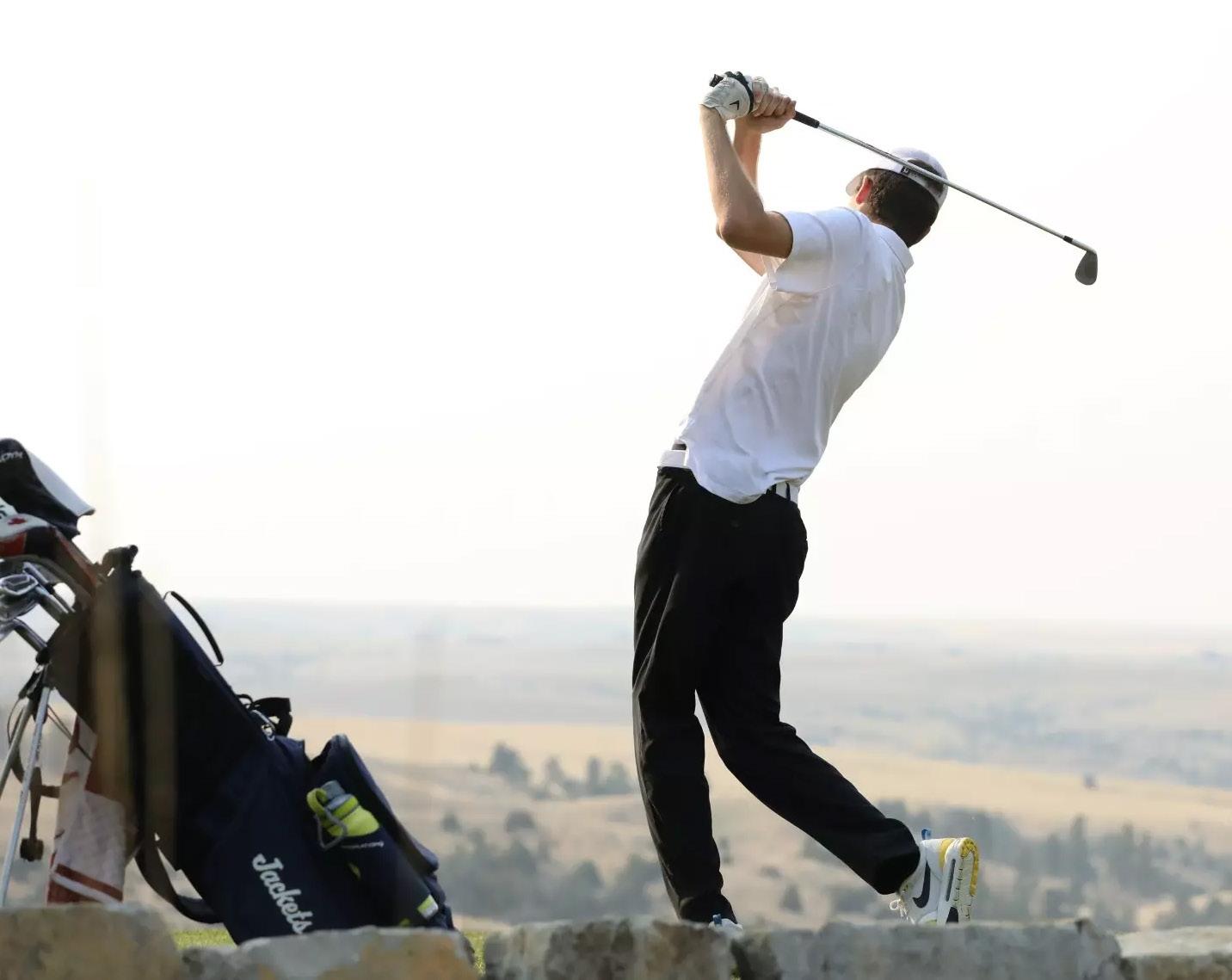
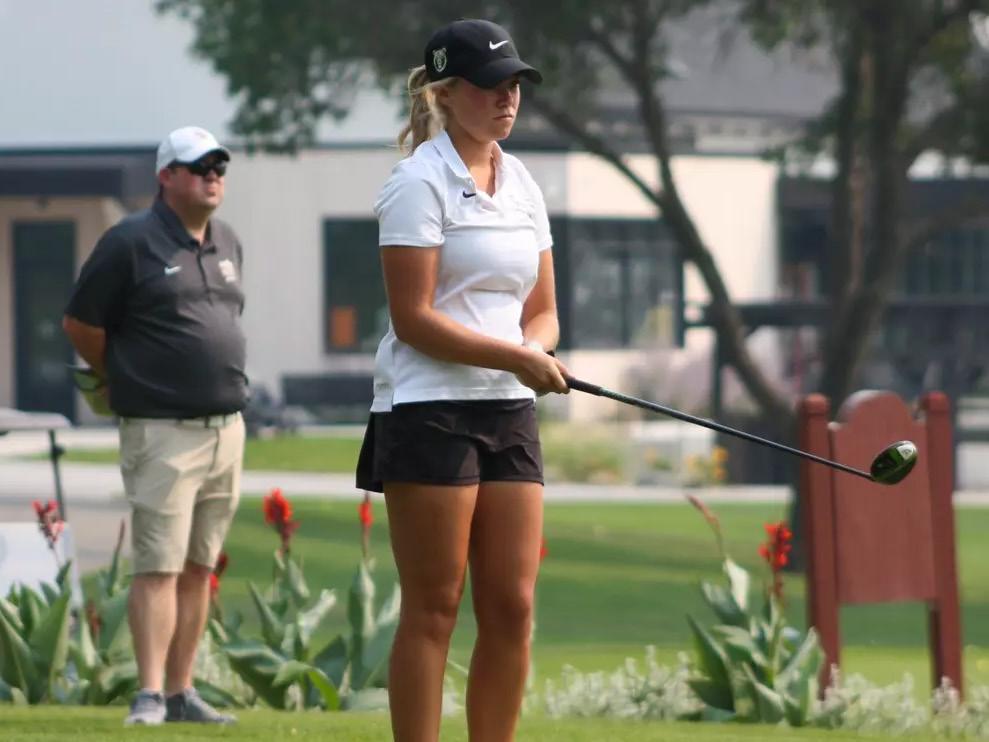

City Classic, the Battlin’ Bears final regular season event had them competing against a tough field of 17, twelve of whom came in ranked higher than RMC.
Finishing in eleventh place as a team, Rocky Mountain had a combined three round score of +51 (915), ahead of, among others, three other teams ranked in the top thirty nationally.
Providing the spark for the Battlin’ Bears was junior Grace Metcalf, who finished in a tie for 17th overall with a final score of +6 (222). She was propelled by a second round of -2 (70) that saw her record four birdies overall.
Tyla Potgieter joined Metcalf in the top half of the field with a 43rd place finish at +13 (229).
The #2 ranked team in the nation, Keiser, swept both the titles. They were the only team to finish under par collectively at -5 (859). They also produced the individual winner in Carolin Alblas. The fourth ranked player in the nation finished at -8 (208) overall and didn’t post a single round over par.
For full results of the Music City Classic, CLICK HERE.
The Montana Tech golf teams finished up their final regular season event April 6-7 at the Columbia Basin Invitational in Richland, Washington. Both the men’s and women’s
team had two rounds of play at the Meadow Springs Country Club.
With the Frontier Conference Championships just a week away, the Montana Tech women’s team certainly looked like a team hitting their stride at the perfect time. In a field of five teams, the Orediggers captured their second victory of the season, winning by 24 strokes with a final score of +82 (516). They were propelled by a slew of top 12 performances, along with taking the top three spots in the field.
Emma Woods was the individual titlist, coming back from seven strokes down during the second round to finish up at +27 (171). Her second round of +9 (81) was the lowest single round of the tournament. Woods, a junior from Fairfield finished just one stroke ahead of teammates Samantha Benson and Casha Corder who tied each other for second

place at +28 (172).
Joining the trio of Orediggers in the top twelve was Kodie Hoagland in seventh place at +34 (178), Hayden Prine ended up in eleventh place at +44 (188), and Samantha Moore and Franchi Ceartin tied for twelfth place at +45 (189).
In a field of eight, the Montana Tech men’s team finished up in fourth place at +58 (628). Gabe Witham was the lone Oredigger in the top ten, ending up in a tie for eighth place at +13 (157).
Also in the top twenty was Christian Lund and Carson Hupka who tied for twelfth place at +14 (158), Joe McGreevey finished in 16th place at +15 (159) and Tyler Avery tied for 17th place at +17 (161).
For full results of the Columbia Basin College Invitational, CLICK HERE.
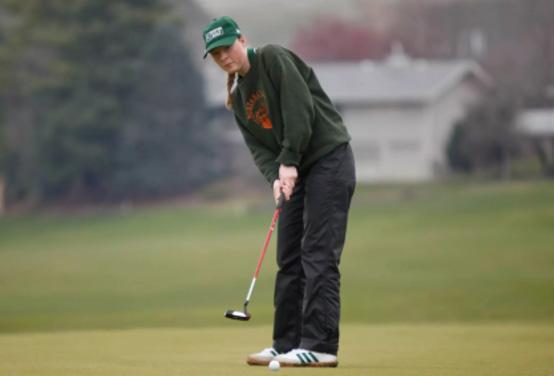

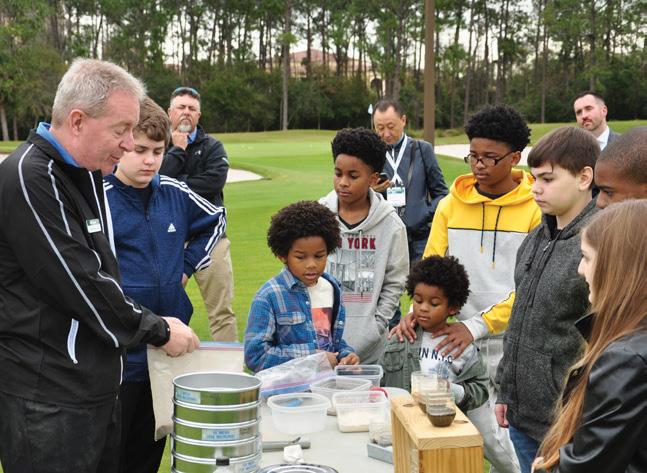

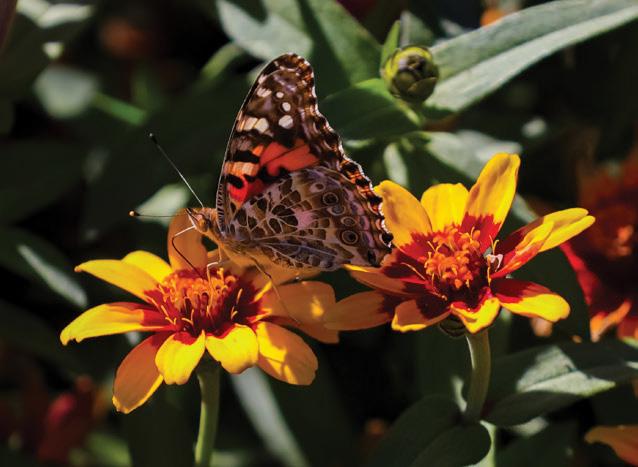









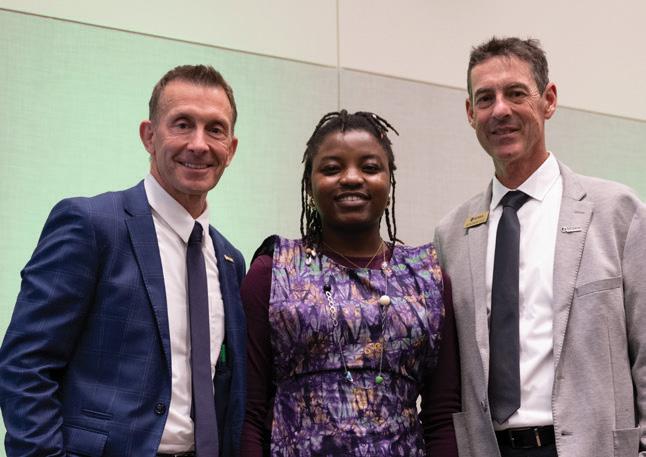


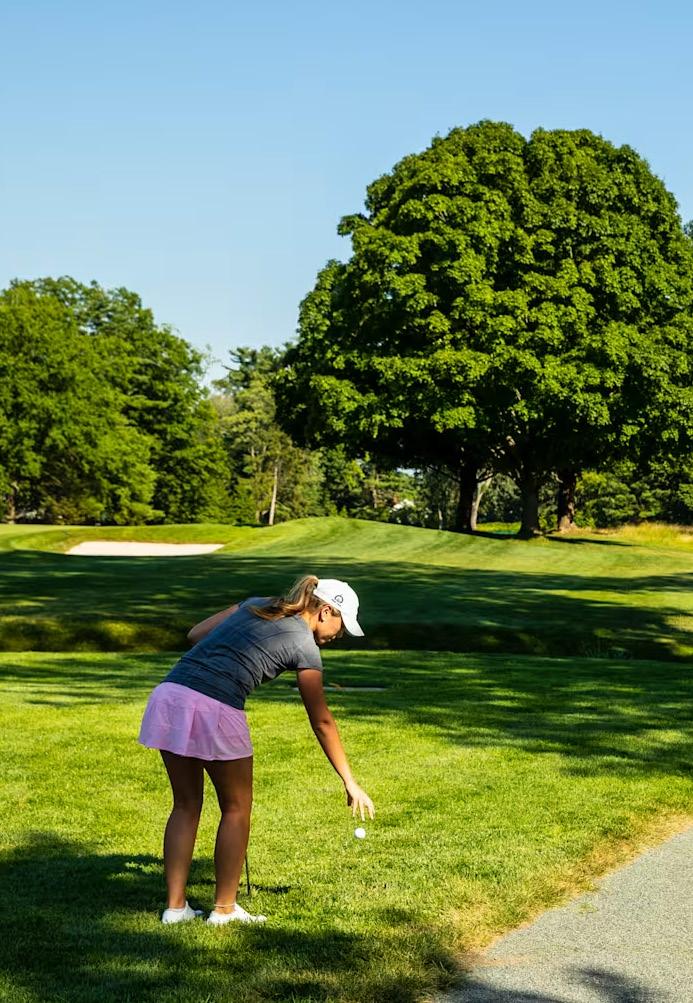

BY JAKE MILLER USGA DIRECTOR – REGIONAL AFFAIRS
The Pacific Northwest Golf Association (PNGA) and its member associations collaborate on a new approach to online Rules Education by creating an online seminar with a twist.
With each of the associations wanting to grow its volunteer base and increase participation in Rules Education, they combined their staff and veteran volunteers in conducting a six-week series and added the one missing ingredient – real-time communication between participants and instructors.
Brent Whittaker, the senior director of championships for the Oregon Golf Association (OGA), began conducting online and in-person Rules seminars in early 2020, which were well-received by volunteers. When COVID hit in spring that year, Whittaker switched to online-only seminars. “They were okay, but after a couple years, participation and interest declined,” he says.
Bringing this program from the OGA to under the PNGA umbrella provided each of the member associations a ready-made program that solved the problem of volunteer recruitment, and in turn solved the problem for the PNGA of finding regional volunteers to serve as Rules officials at its champion-
ships, all while helping share services and spread the workload amongst the staff of the associations.
In the fall of 2024, Whittaker began having conversations with Nate Schroeder, the senior director of championships at the PNGA, the regional association of which the OGA, WA Golf, Idaho Golf Association, Montana State Golf Association, Alaska Golf Association, and British Columbia Golf are all member associations.
At the time, no other PNGA member association was doing consistent online Rules education. Each association was looking for an effective way to recruit new Rules volunteers, as well as provide Rules education to their association’s membership. The PNGA was also looking for ways to get each of their member association’s Rules Officials engaged with the PNGA and officiating at PNGA Championships when held in their territory.
“Yes, we had been conducting online seminars, but they were all one-way experiences for the participant, conducted via power-point,” Whittaker says. “In other words, they couldn’t respond, couldn’t ask questions, weren’t given any personal immediate feedback. Engagement, and subsequent participation, were declining.”
Whittaker and Schroeder wanted to re-energize the Rules seminars, with the goal of
opening up participation to the six member associations of the PNGA in one overall series, to be conducted virtually.
The resulting course is the full Rules of Golf taught over a period of six weeks via twice-weekly webinars held on Tuesday and Thursday evenings, which are then recorded and made available the following day.
A continuing education model was the inspiration in creating the course, as the aim was to break the Rules up into shorter segments, rather than the full-day or multiday Rules workshops that associations traditionally run. This removed a major barrier for potential new volunteers, allowing them to give learning the Rules a try without the commitment of going to a full-day workshop.
Along with the twice-weekly education sessions, all participants are grouped into a cohort and matched with an experienced volunteer Rules Instructor for a once-weekly interactive “Office Hours” session where they
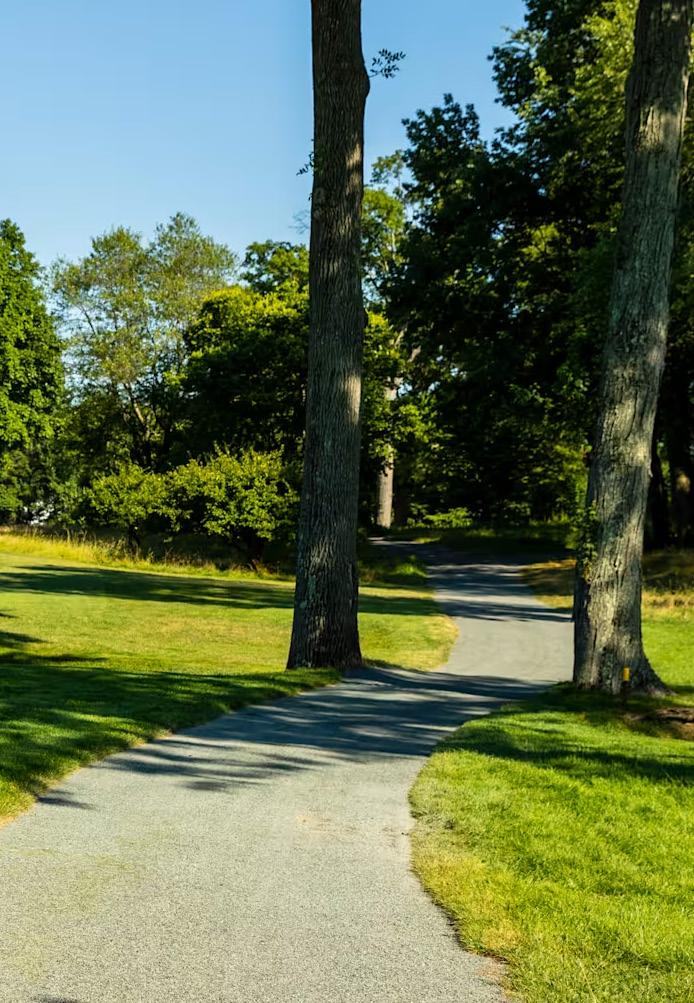
can ask questions and review practice questions for the week.
The course is designed for association members who are looking to learn the Rules of Golf in depth, current or aspiring volunteer Rules Officials wanting to improve their Rules knowledge, or anyone who is preparing to take the USGA 80 Questions Rules Exam.
Whittaker says the region has a lot of very good Rules Officials, so with the assistance and input from the championship directors of the member associations, he and Schroeder selected 10 of them and assigned each to be available during certain scheduled times each week (i.e. their Office Hours). The seminar’s participants were given questions to work on beforehand during the sessions, which acted as an incentive for engagement during the Office Hours.
The sessions themselves are held twice a week and are not interactive, so in order for participants to ask questions they need to
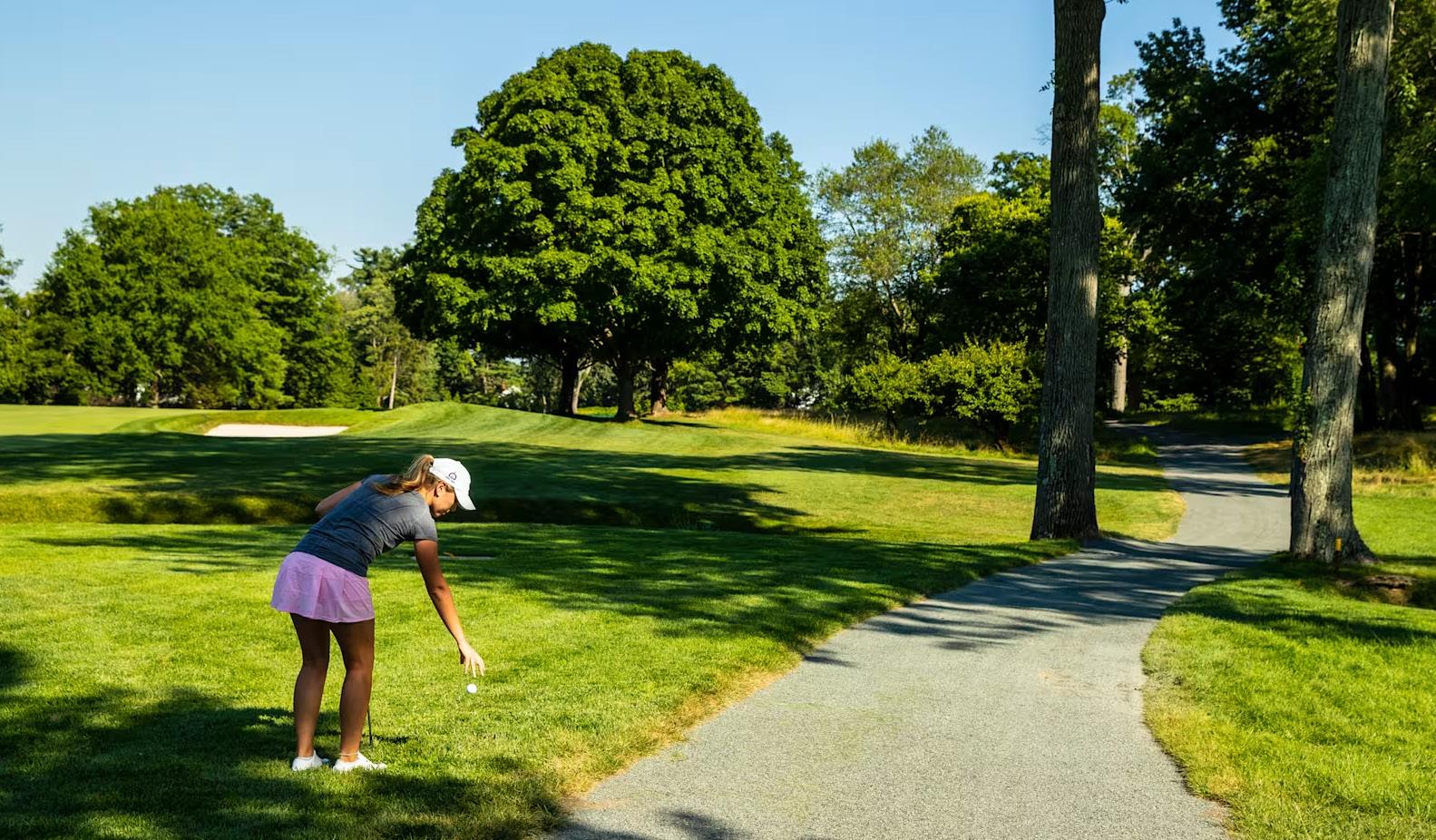
attend their virtual Office Hours session and ask their instructor. Over the duration of the six weeks they build a rapport with them and have an opportunity to learn about their instructor’s own journey with the Rules.
“Our instructors serve as a great model for what a new official can aspire to become, and will become a friendly face after a volunteer graduates from the program and steps out to an AGA event for the first time,” Schroeder says. “The instructors have also found it to be a rewarding experience and have enjoyed having the opportunity to educate and mentor new volunteers.”
According to Schroeder, the biggest benefit is a wider reach in the program, greater impact for participants and shared workload for the staff.
“With more associations involved, we’ve had the ability to attract more participants to the program,” he says. “And with more participants in the program you’ll have larger cohorts for the Office Hours sessions. Not every participant will be able to attend each week, so with a larger overall class size you’ll
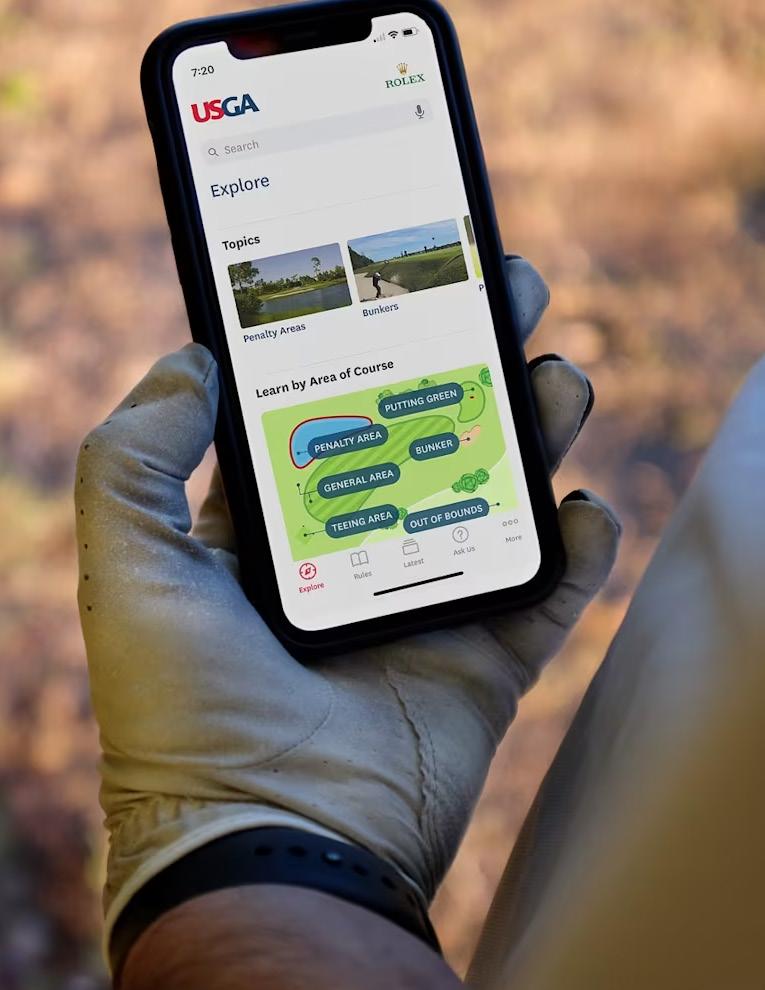
have larger cohorts, leading to increased participation with better overall sessions. Additionally, with more staff involved it spreads out the teaching workload and improves the program for attendees as they like hearing from different instructors throughout the course.”
Craig Winter, the USGA’s senior director, rules of golf and amateur status, was formerly Whittaker’s colleague at the OGA as their director of rules. “Craig said something that has always stayed with me,” Whittaker says. “’To learn the Rules is to go on a journey with each other.’
"And that really makes sense. The Rules are inherently an interactive pursuit. Because of these Office Hours, which give people the opportunity to effectively communicate, we’ve seen attendance go up, and more importantly we’ve seen test scores go up. People just enjoy it more.”
Interested in applying a similar approach to your region? Reach out to Nate Schroeder nschroeder@wagolf.org with questions.

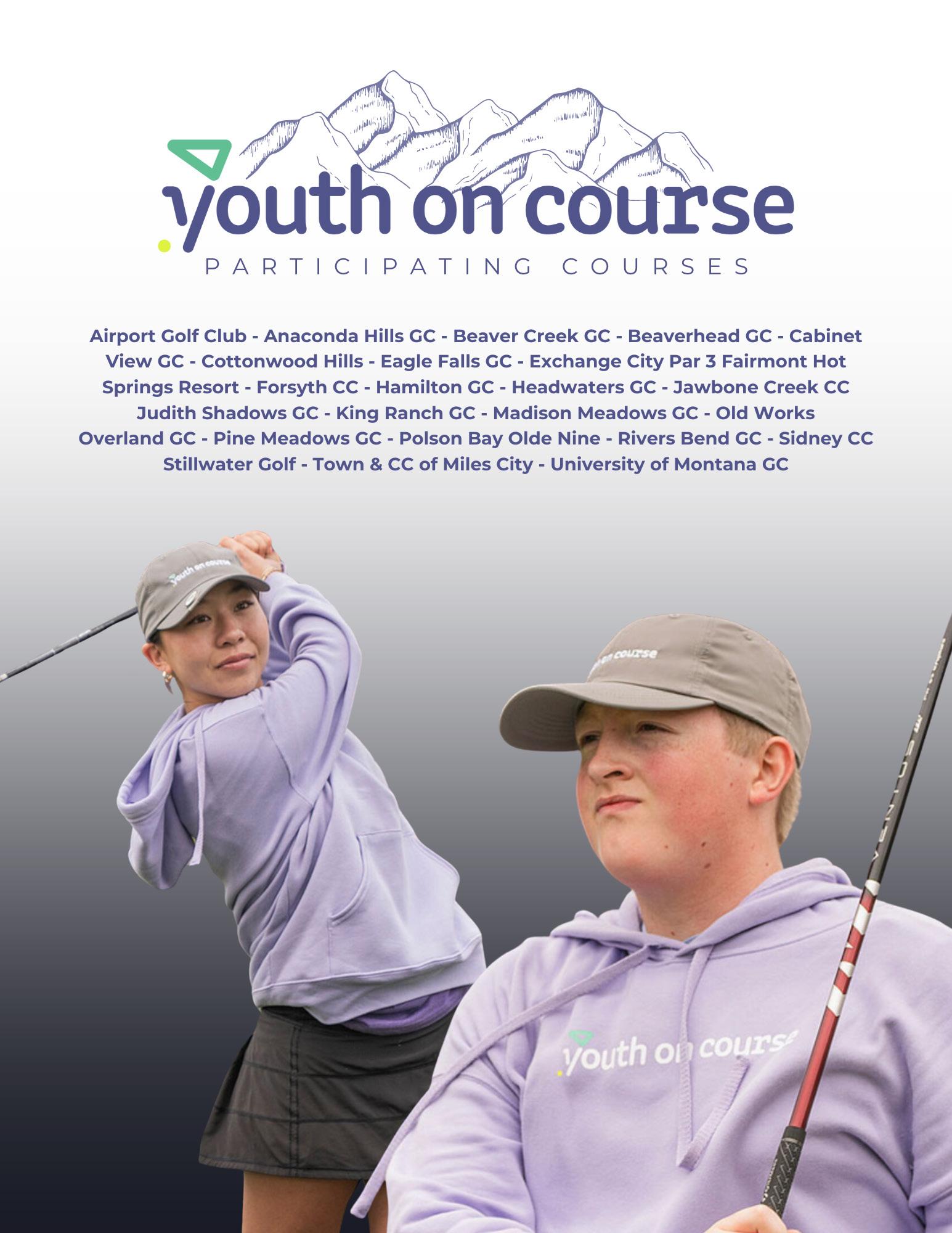



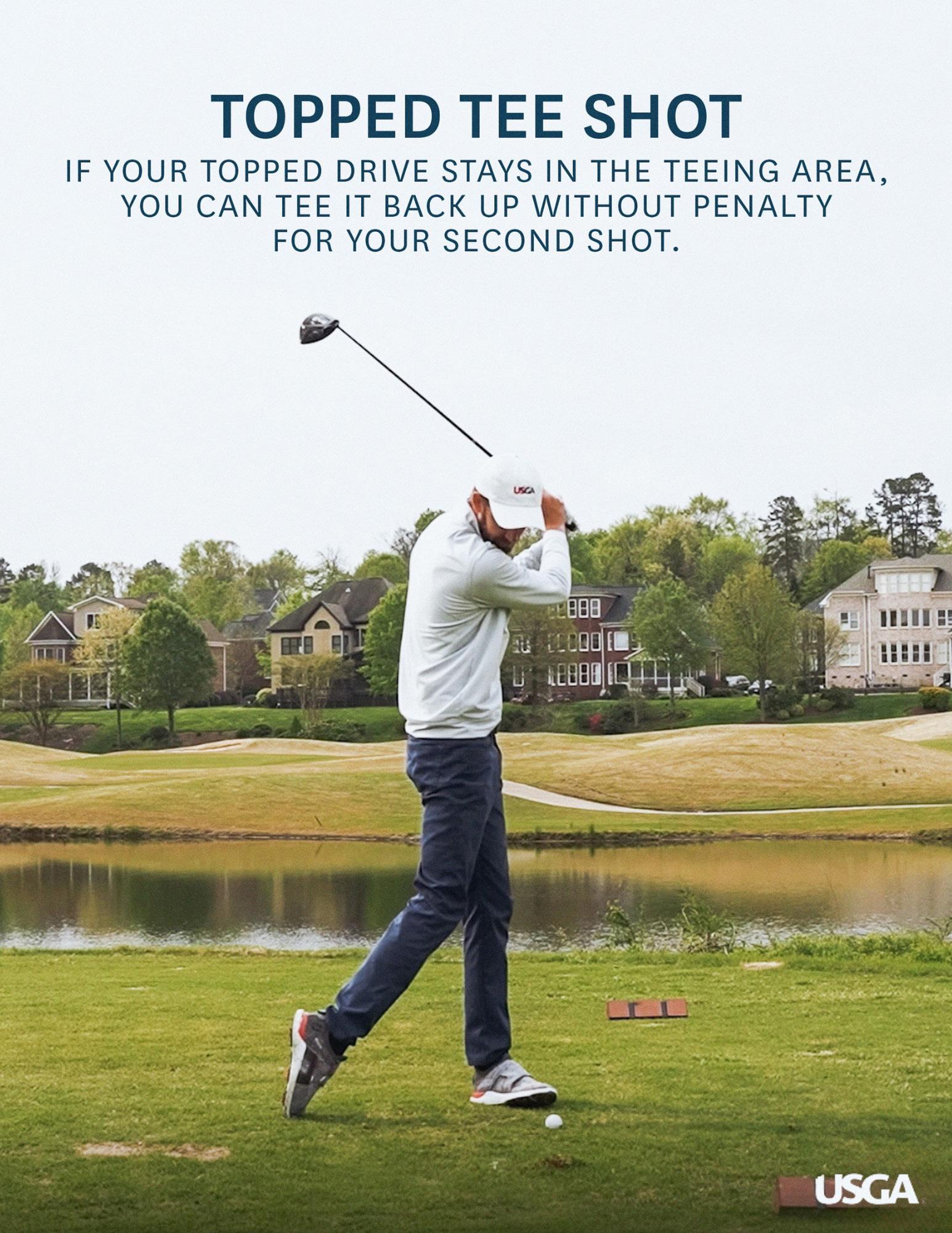
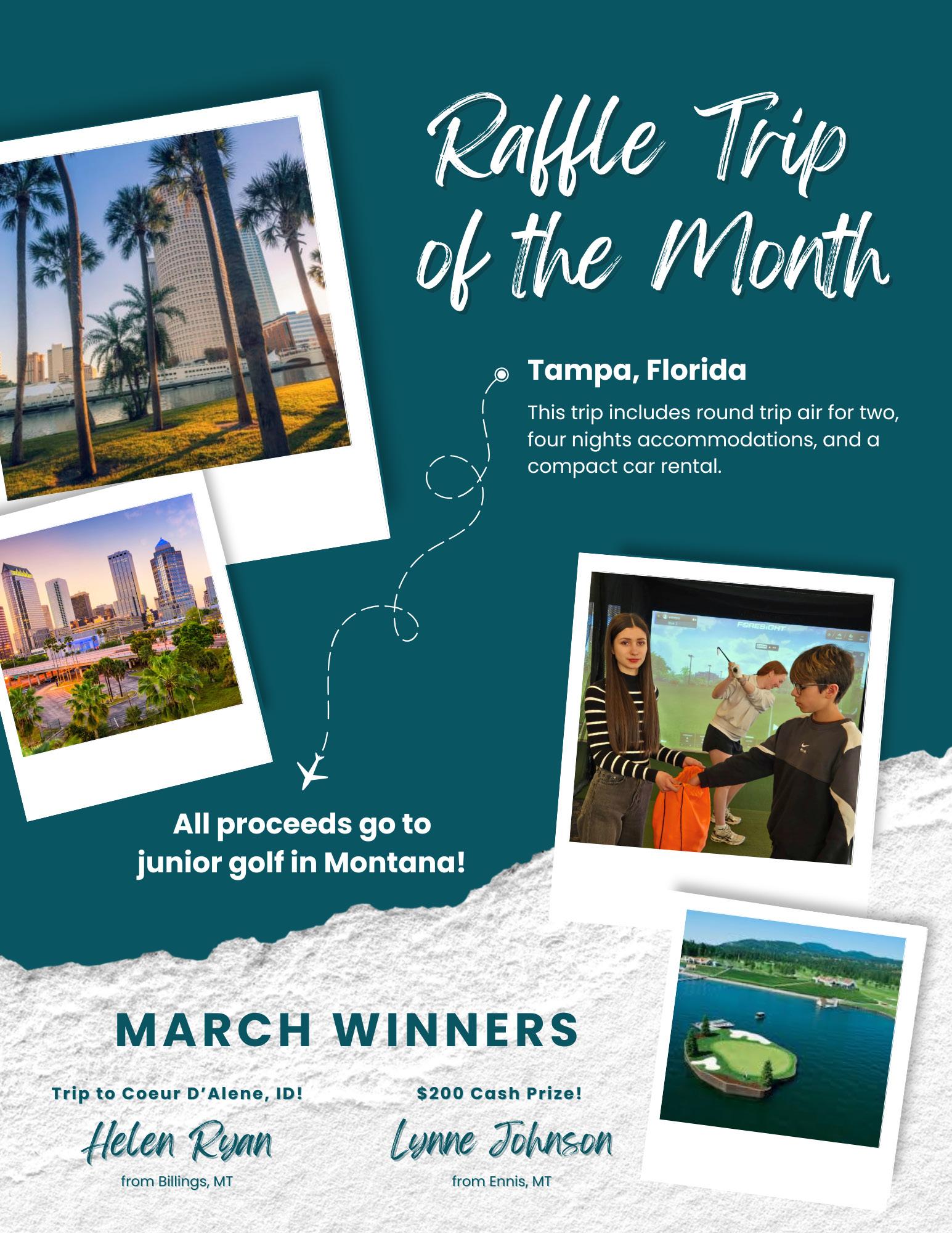


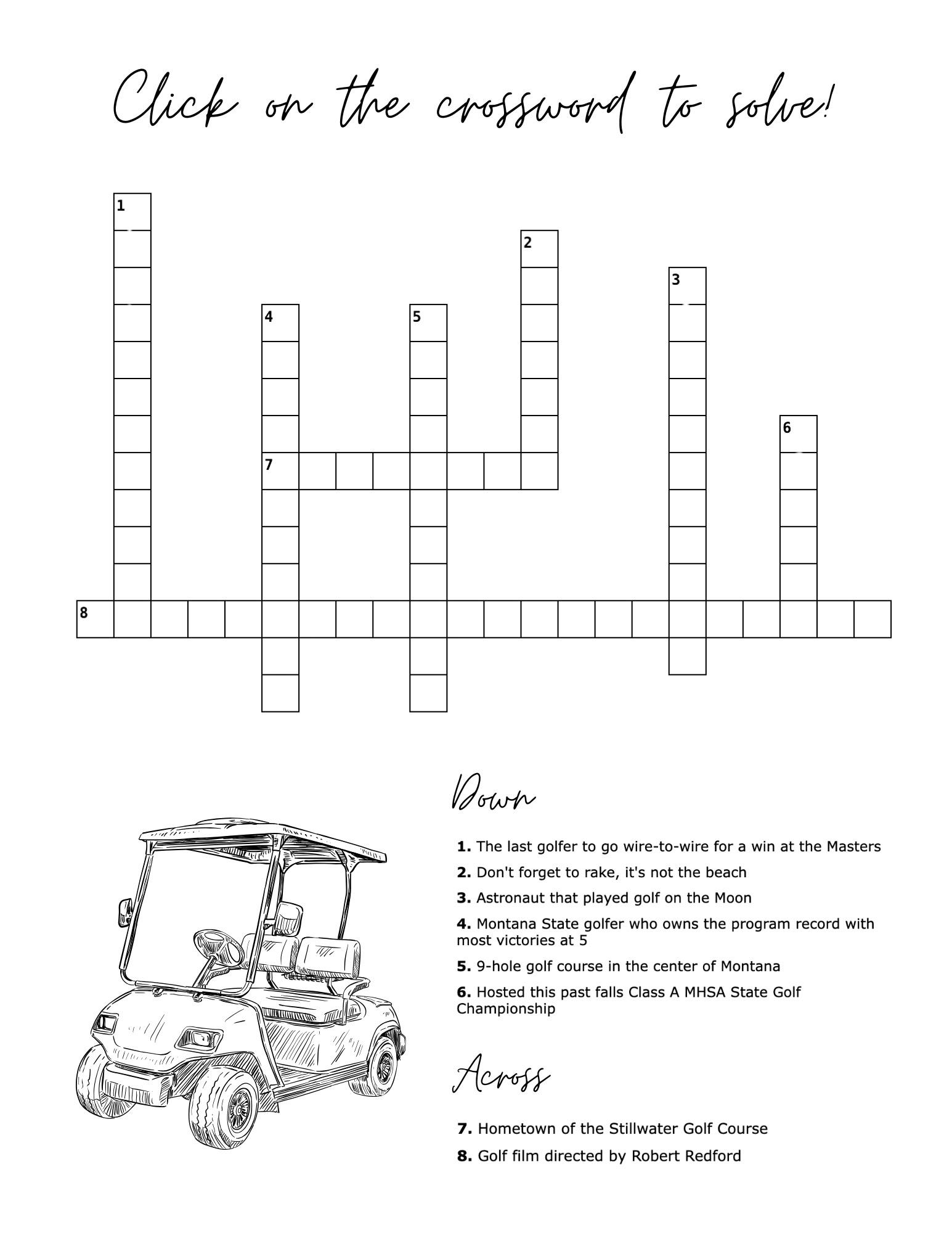

BY BRIAN GIETKA AGRONOMIST, EAST REGION
Repairing ball marks is a simple thing that all golfers can do to improve playing conditions.
To me, being a good golfer isn’t about your score, it’s about trying to leave the course better than you found it. With record numbers of rounds being played, doing our part to take care of courses is more important than ever. We need all golfers, regardless of skill level or experience, to be good stewards. Let’s look at a few basic areas where a little awareness and effort will help keep courses in good shape.
Carts help golfers get around the course, but they can also cause damage – especially when people don’t follow a course’s cart rules. Cart policies can change daily, so make sure to ask about them before teeing off. There are a lot of reasons why a course may not want you driving in certain areas – some issues are obvious and some may not be. Wet or newly grassed areas surrounded by cart signs should clearly be avoided, but tire ruts show up in these spots more often than they should. Courses may also want you to avoid extremely dry areas, or they may ask you to stay on the path in late fall or winter when grass is hardly growing and can’t handle traffic.
No two courses are exactly alike, so the rules will vary. Follow any ropes, stakes or directional signs – they are there for a reason. Avoid turf areas that appear thin, weak or
wet. Try to spread out when driving through high-traffic areas and keep all four tires on the path as much as possible. Don’t drive through naturalized areas, don’t get too adventurous on steep slopes, and don’t get too close to tees or greens. Beyond these basics, erring on the side of caution is always a good approach.
Taking a divot is part of the game but the scars should be carefully repaired. The goal is to leave a smooth surface and encourage the grass to heal. In general, if a divot is mostly intact, replace it and tamp down with your foot to smooth it out and restore contact between the roots and the soil. If there are gaps around the replaced divot, fill those with divot mix to help the grass fill in and create a smooth surface for playing.
Some courses may prefer that you use mix rather than trying to replace divots. This could be because the grasses on that course tend to explode into pieces after a shot rather than forming a nice divot that is likely to heal. Sometimes the environment or weather isn’t conducive to replaced divots healing so it’s better to fill the hole with mix.
There are many factors that influence divot recovery, which is why policies can vary. The bottom line is to leave places where you take a divot as smooth as possible for the next player and to encourage recovery. If you can refrain from taking divots on your practice swings and avoid hitting practice shots on the course, that helps decrease the total number of divots that need to heal. Another good habit is to fill your divot and one more.

While fairly small, a ball mark can leave a lasting impact on a putting surface if it is not repaired. Unrepaired ball marks disrupt surface smoothness, and the negative impact can last for weeks. The proper repair technique has several key points to consider. Start by using any pointed tool, including a golf tee. Insert the tool behind the ball mark and gently push toward the center, then work around the edges of the mark gently pressing the turf back in toward the middle. Don’t lift or twist the turf because that can damage the roots. Once you have worked the turf back into place with the repair tool, gently tamp the area with your

putter to smooth the surface. While you have your ball mark repair tool handy, see if you can repair one or two more marks that may have been missed.
After hitting a bunker shot, try to leave the sand as smooth, or smoother than when you found it. Knowing the basics of bunker raking and putting in a little effort is all it takes. Enter the bunker from the low side and try to bring a rake with you so you don’t have to search for one after hitting your shot. Use the rake to smooth and level any disturbances you create in the sand. As you exit the bunker, avoid pull-
ing a clump of sand up against the edge as this can damage the grass and create awkward lies for other players.
Follow the course’s policy on where to put the rake when you’re done. If they don’t have a specific policy, the USGA recommends placing them outside bunkers and away from where they are likely to interfere with play. Before exiting the bunker, knock any sand off your shoes to keep it from winding up on greens or fairways where it can disrupt play and potentially damage mowing equipment.
The maintenance staff does their best to
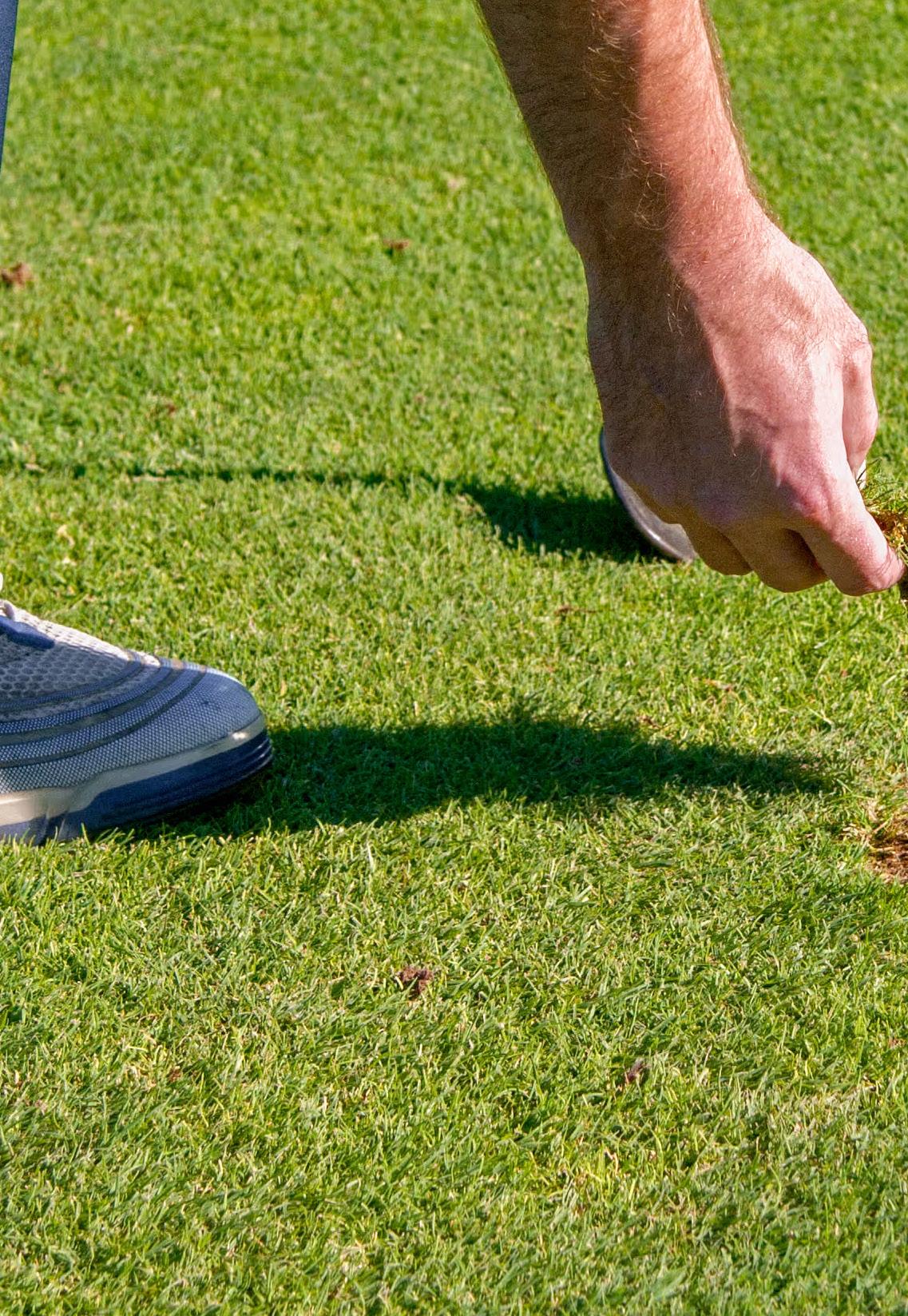
take care of the course while avoiding play, but there are times when golf and maintenance will cross paths – especially with how busy courses have been. When you encounter staff, always ensure they see you before hitting in their direction.
They may be focused on their task or unable to hear you yell “fore” at first, so give an extra shout or wave if you aren’t sure they noticed you. After the staff responds, be patient while they move out of the way.
The Green Section Record article “How To Share the Course Safely With the Maintenance Staff” has more good tips on this topic.
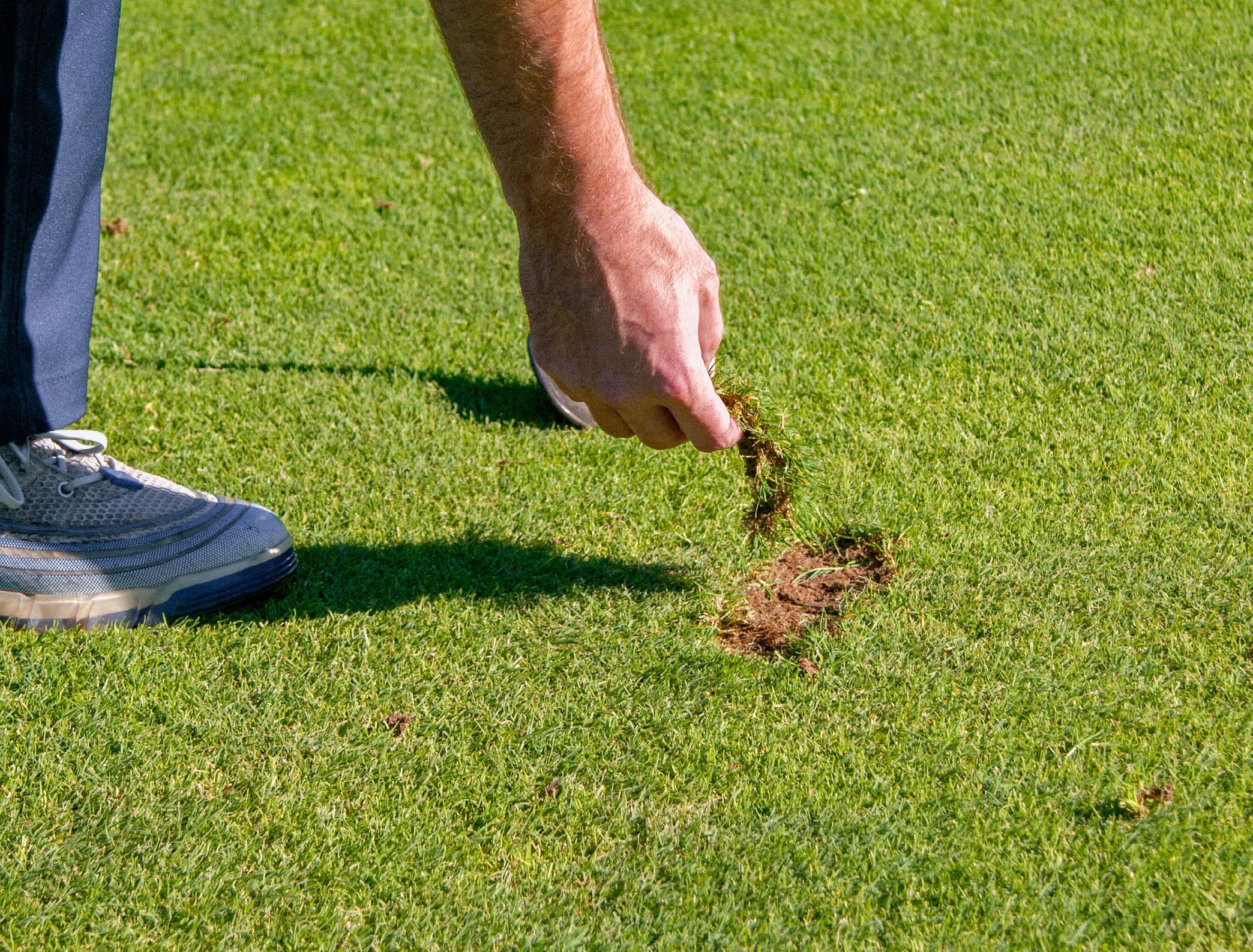

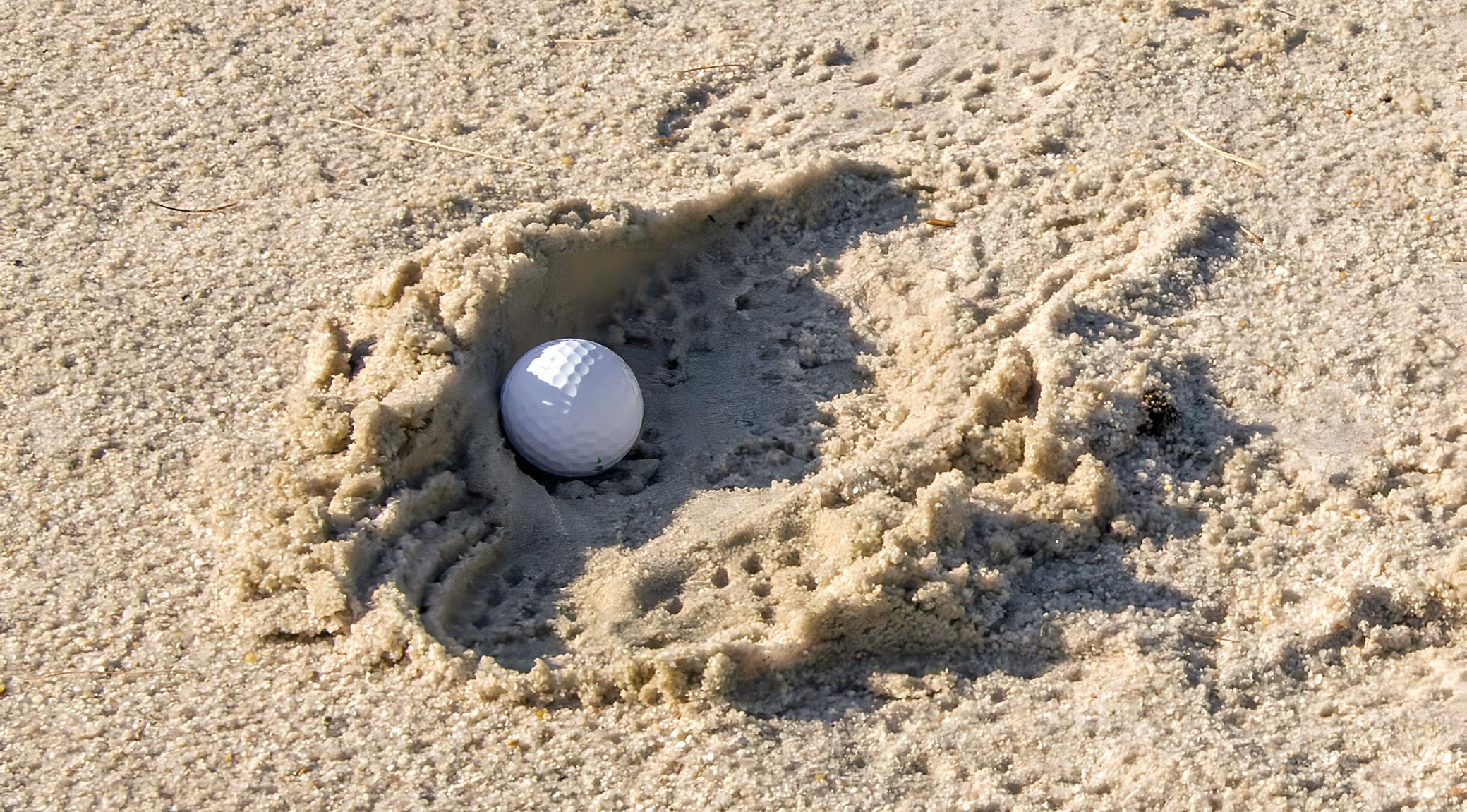
Beyond the basics, here are a few other things you can do during your next round to leave the golf course better than you found it.
1. Pick up broken tees and discard them in waste containers to keep them from cluttering the course and damaging mowers.
2. If a garbage can is full, hold on to your trash rather than piling it high for wind and birds to disperse across the course.
3. Do not leave cigars or cigarette butts on playing surfaces and keep those sunflower seeds off the greens.
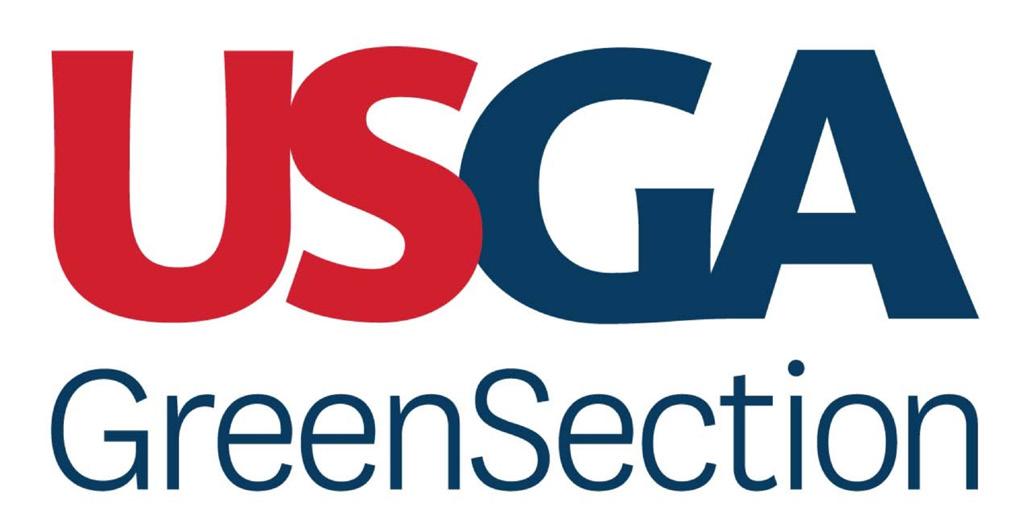
4. Ropes and stakes are there for a reason, so walk through designated openings and not over or on top of the rope, which will loosen and pull the stakes over.
It is the maintenance staff’s job to care for the course, but golfers need to do their part as well. During your next round, set a good example by using the tips in this article and encourage others to make the effort as well. No matter how long you have been playing or what your handicap is, taking care of the course makes you a great golfer!


